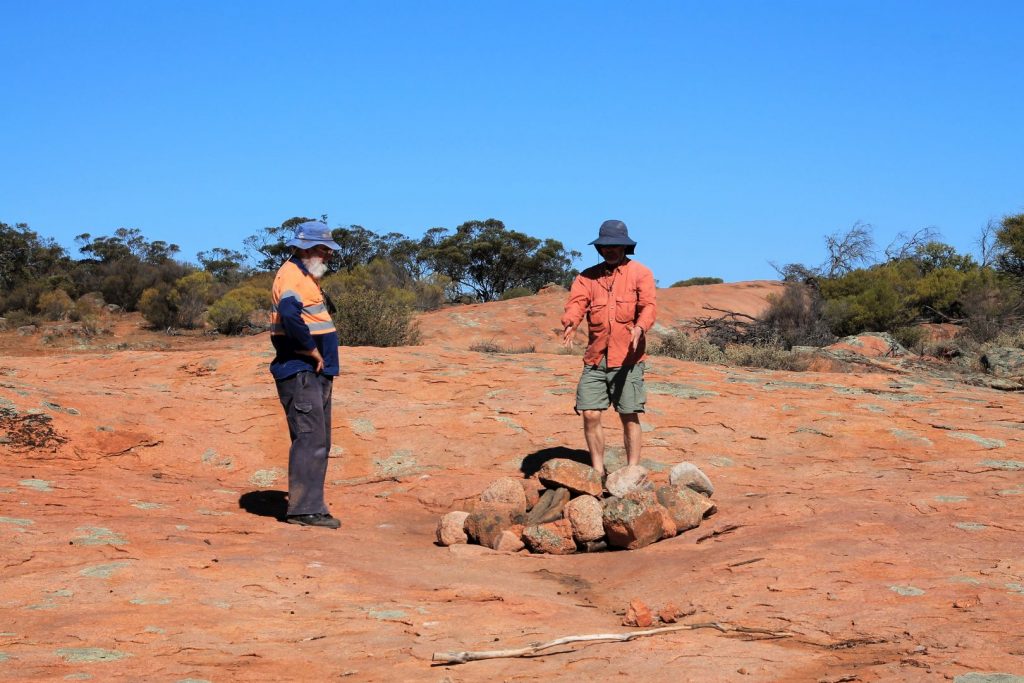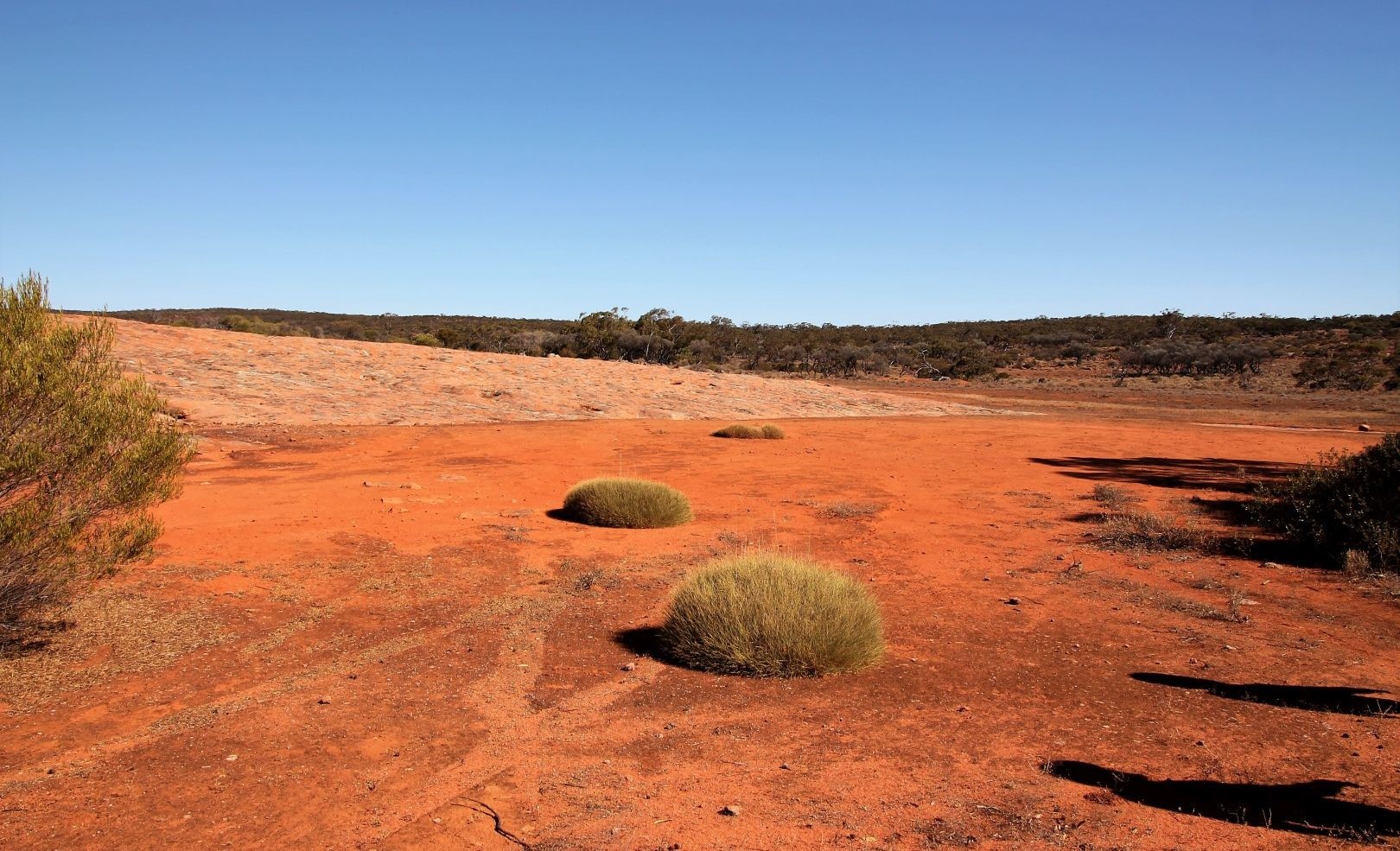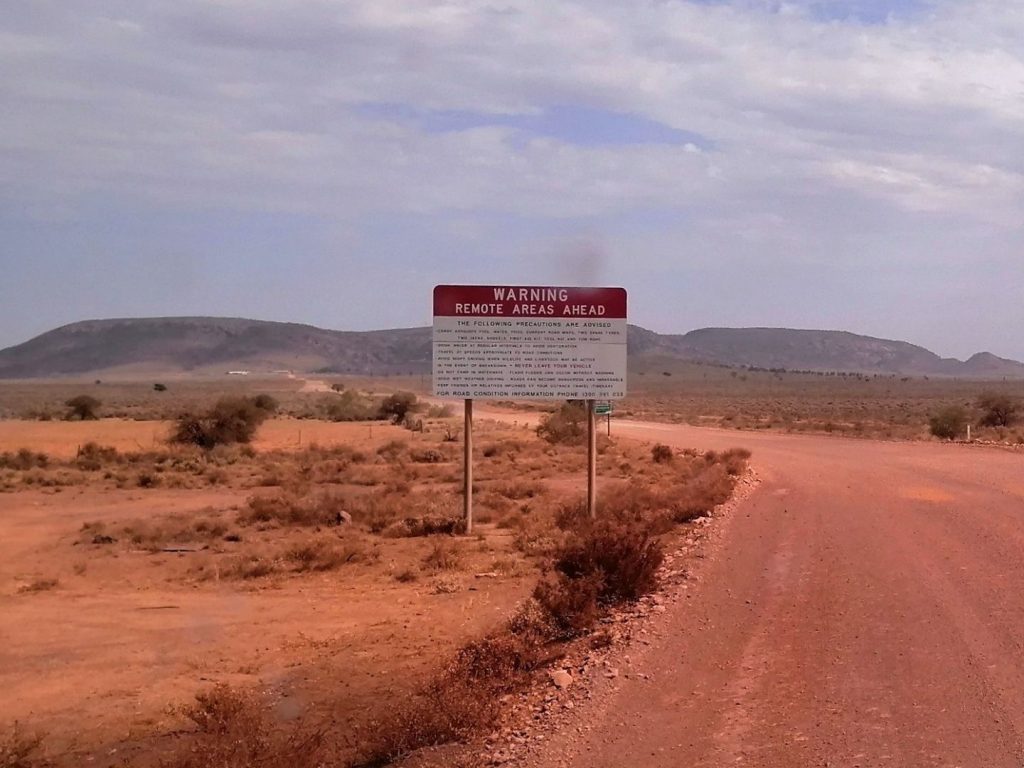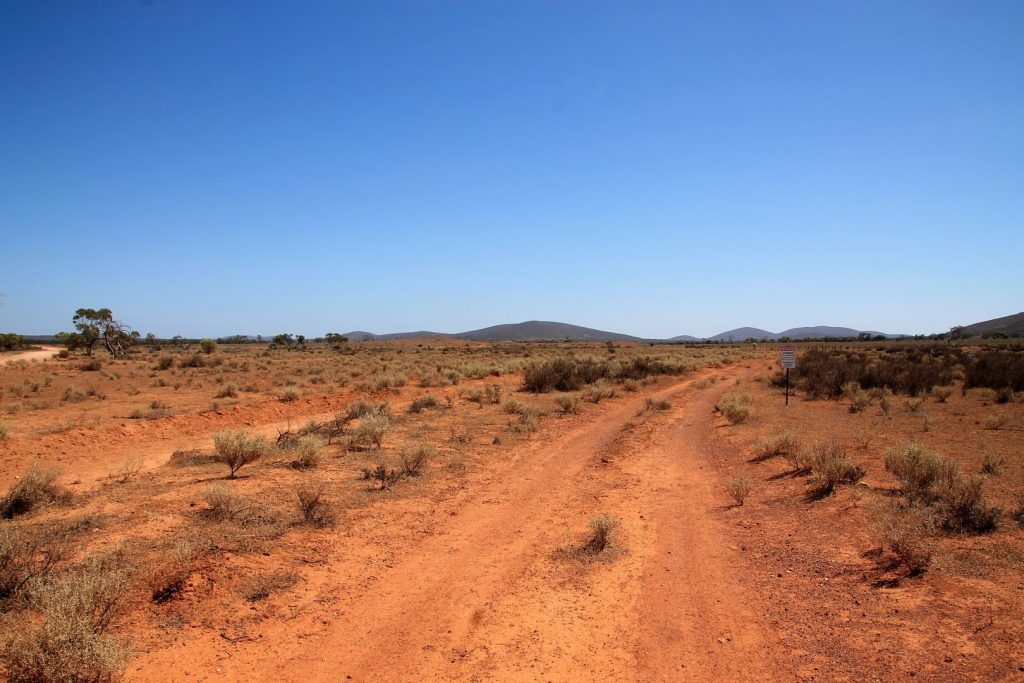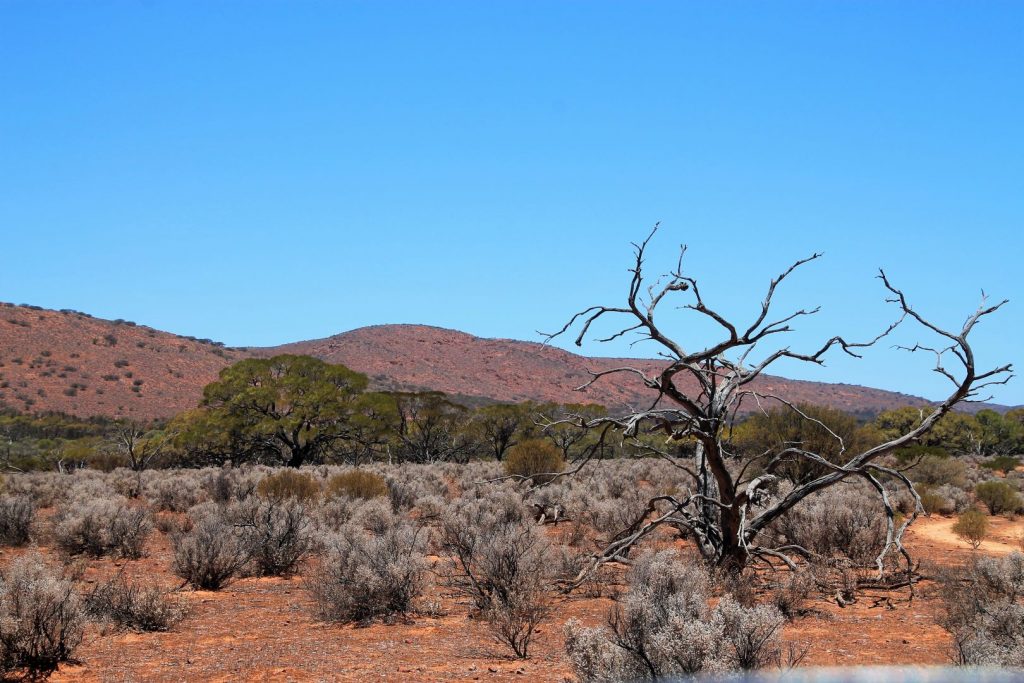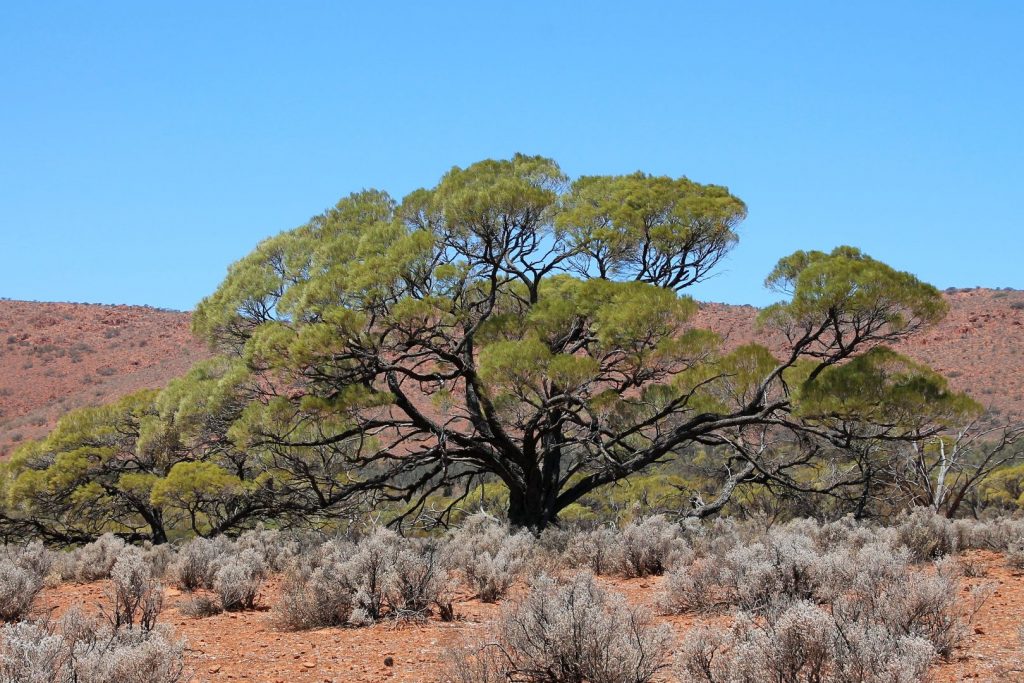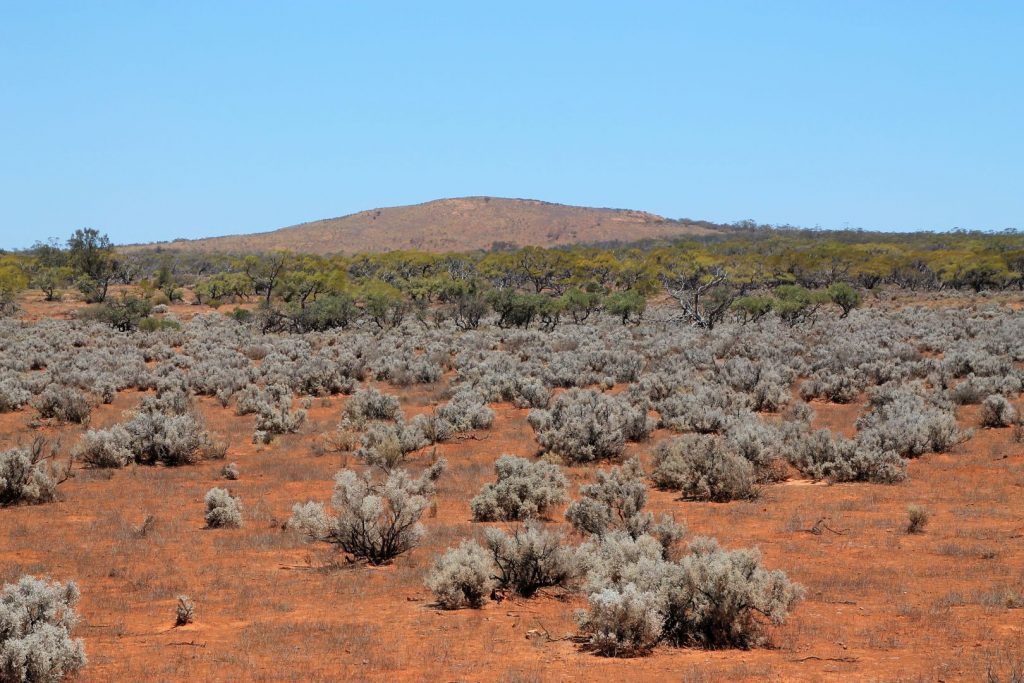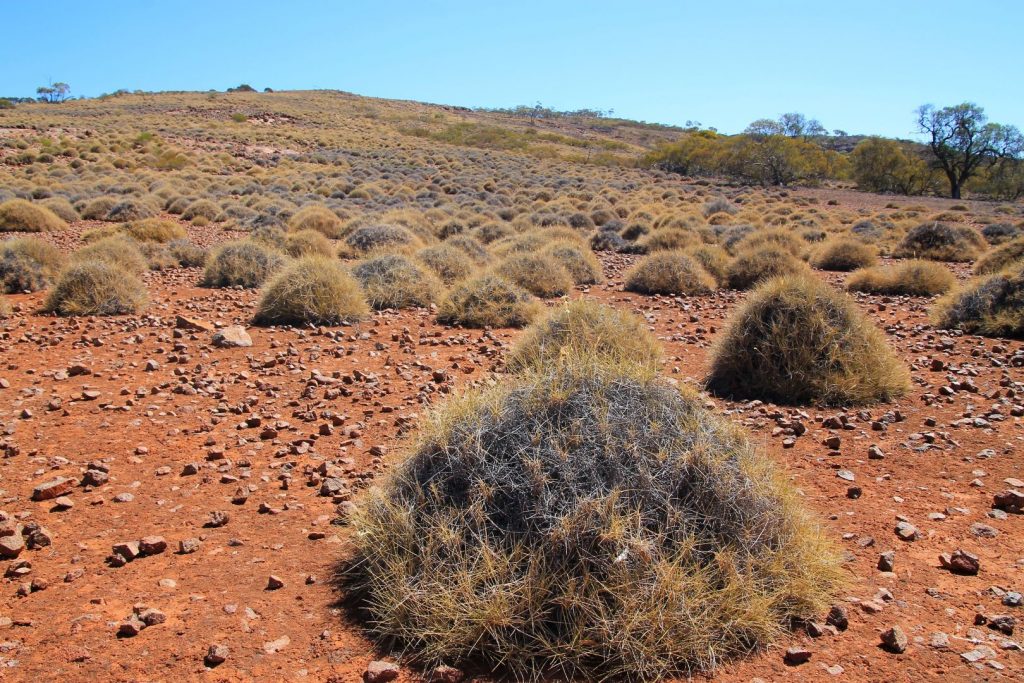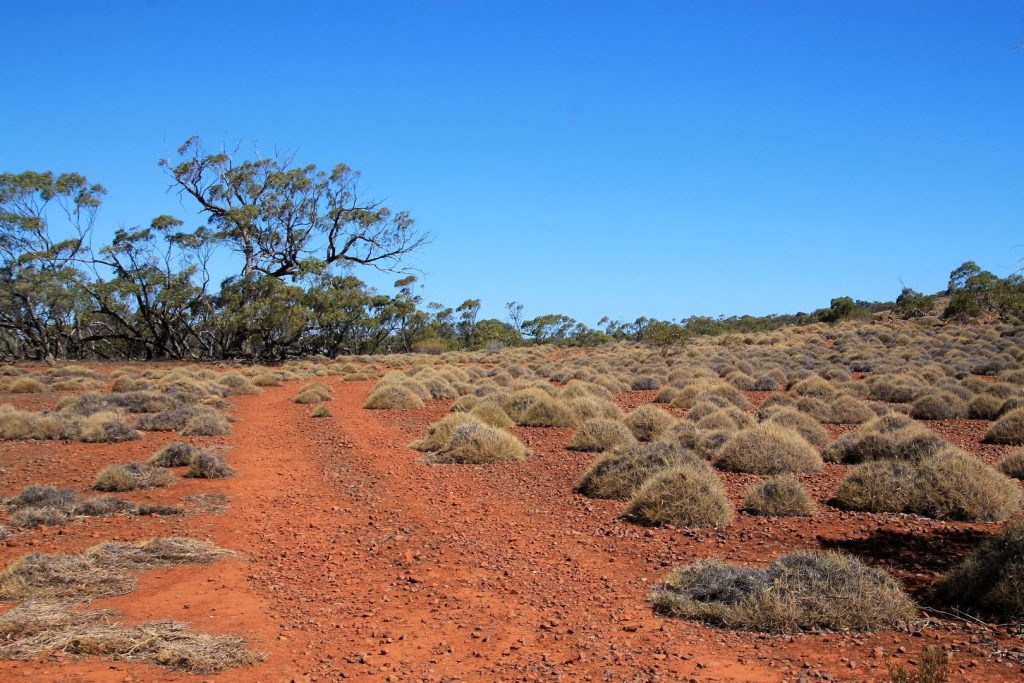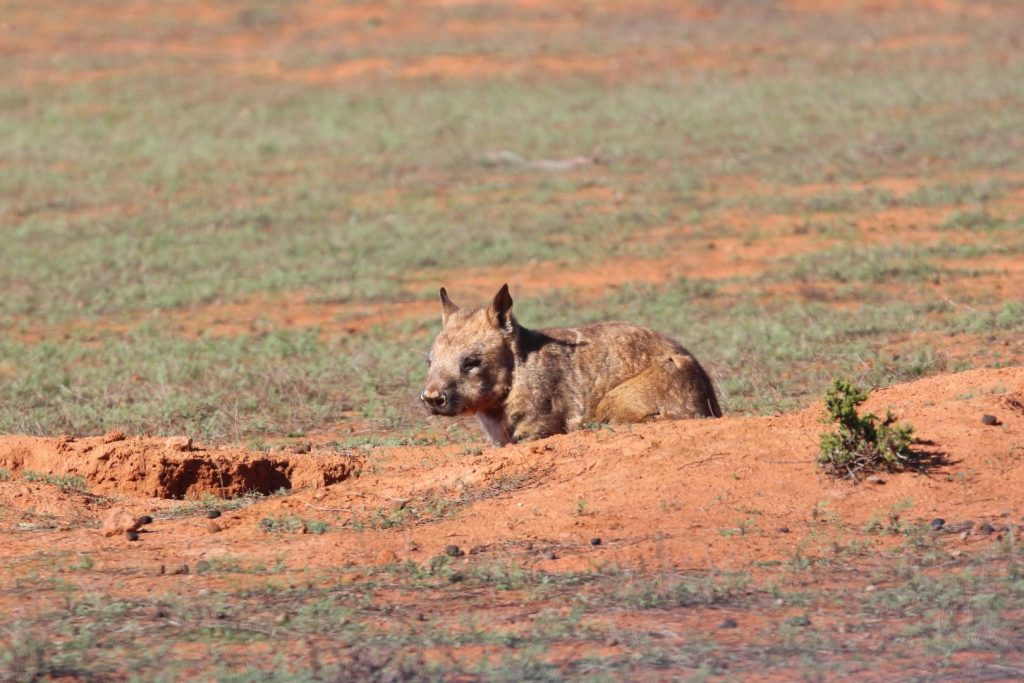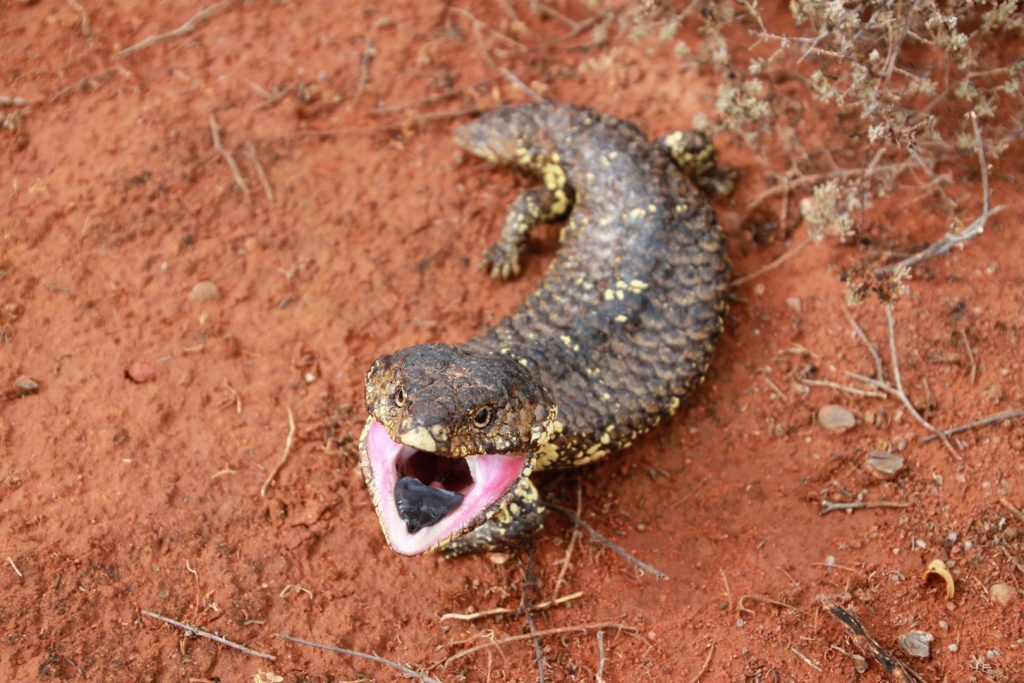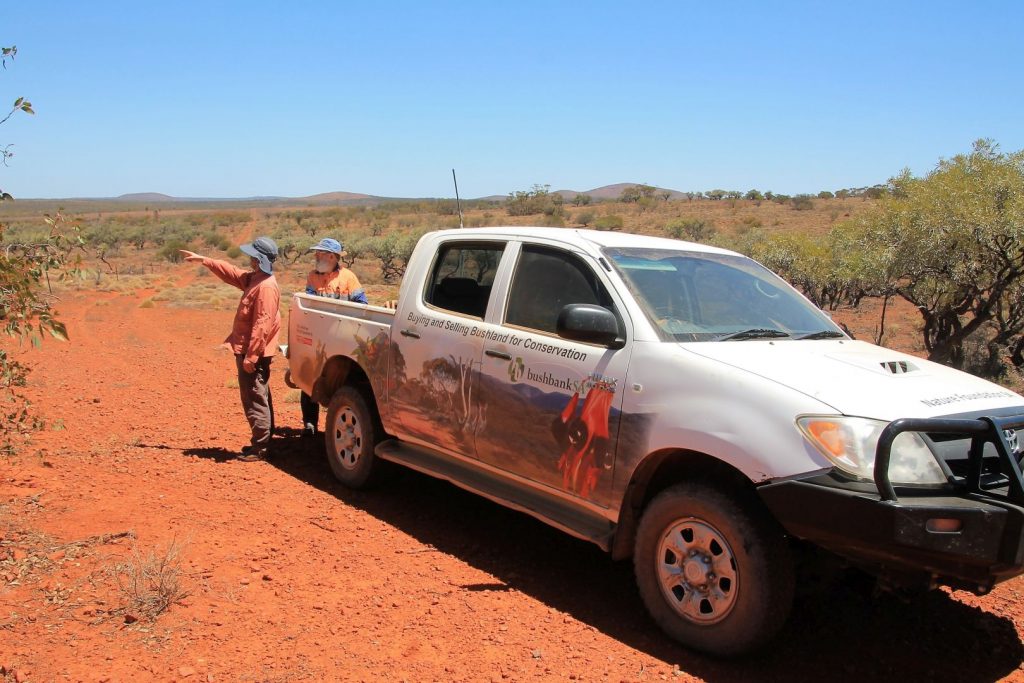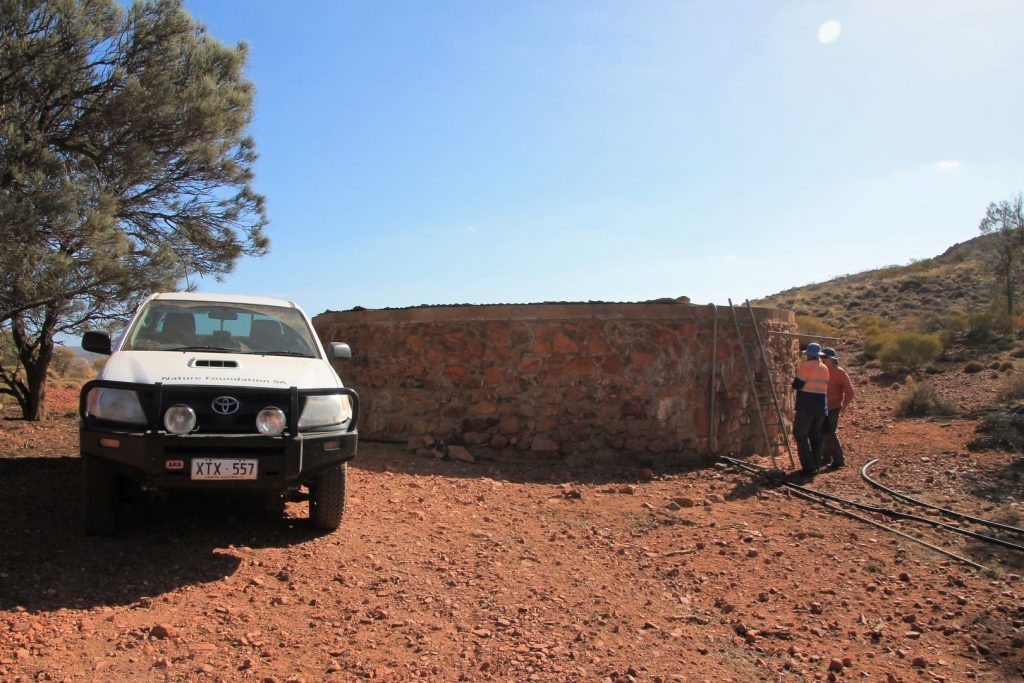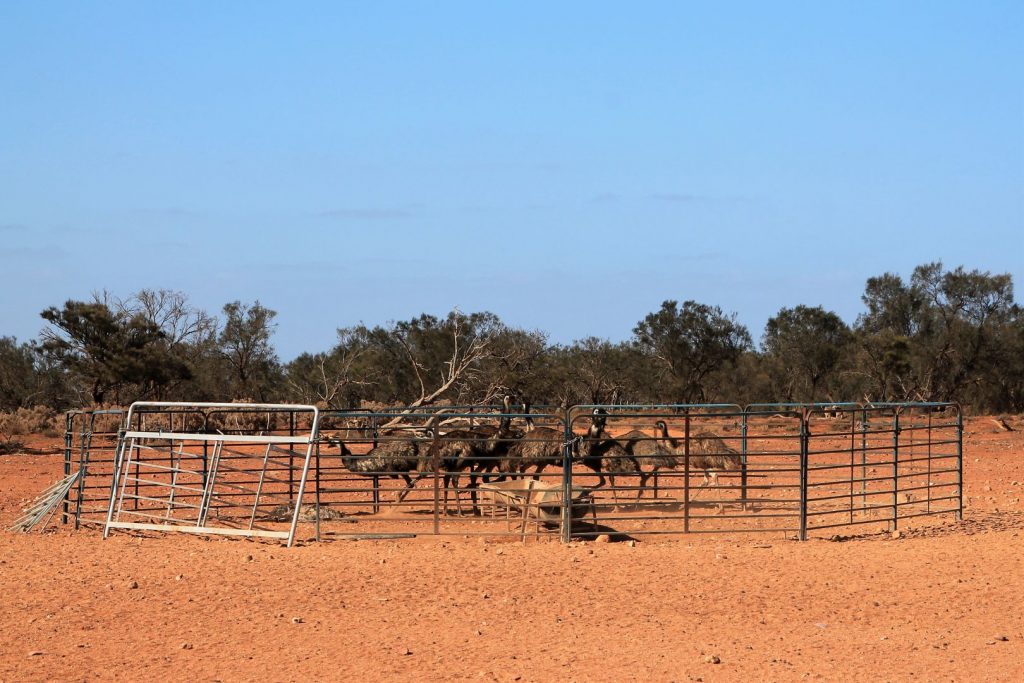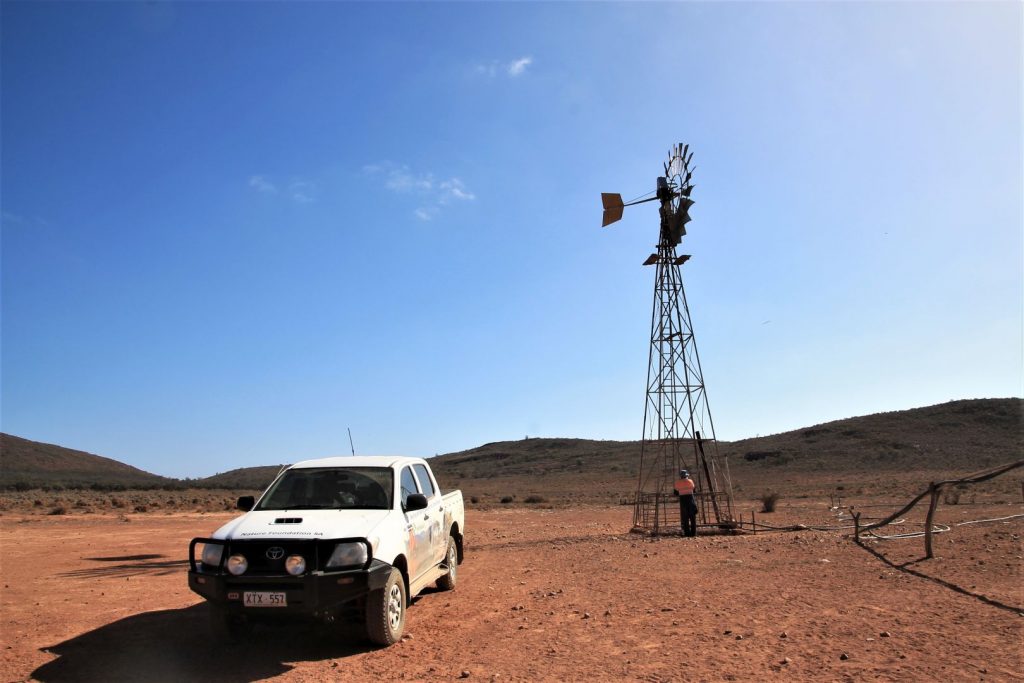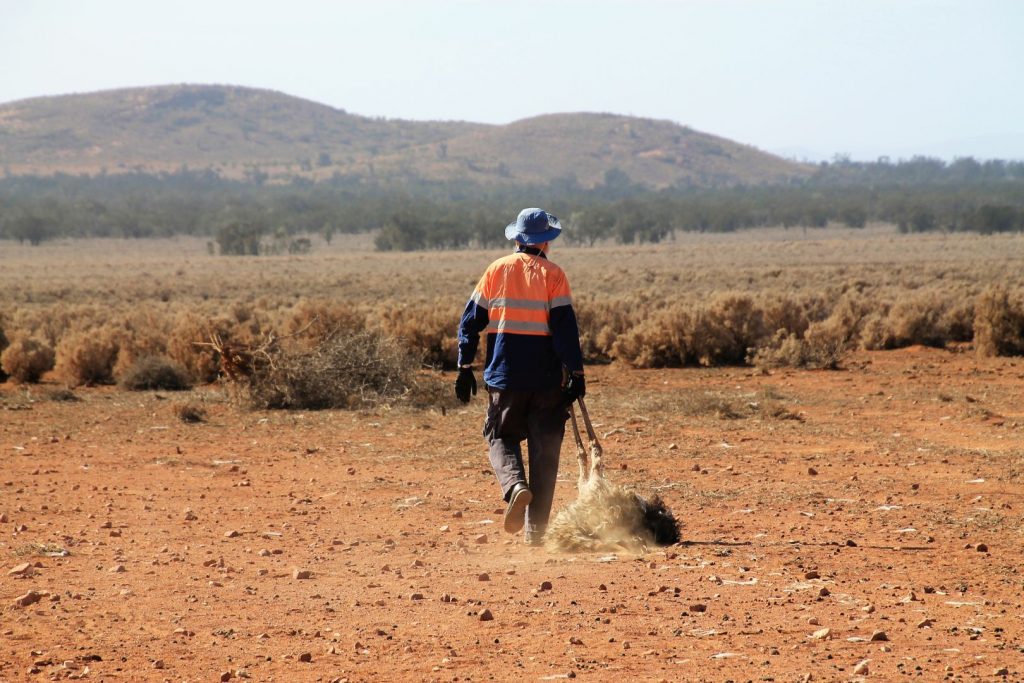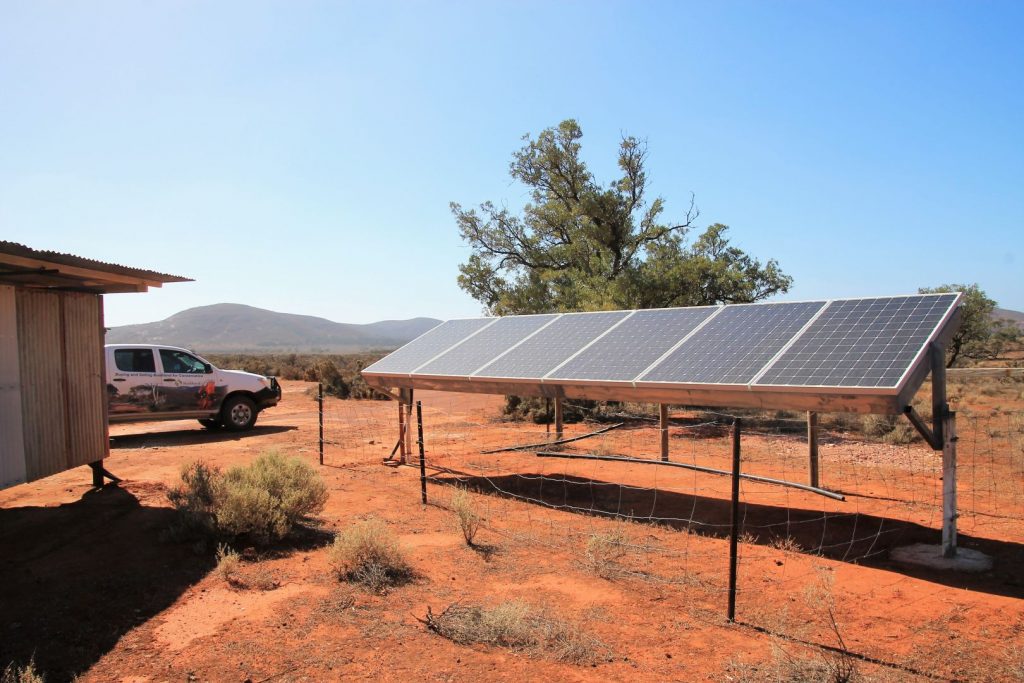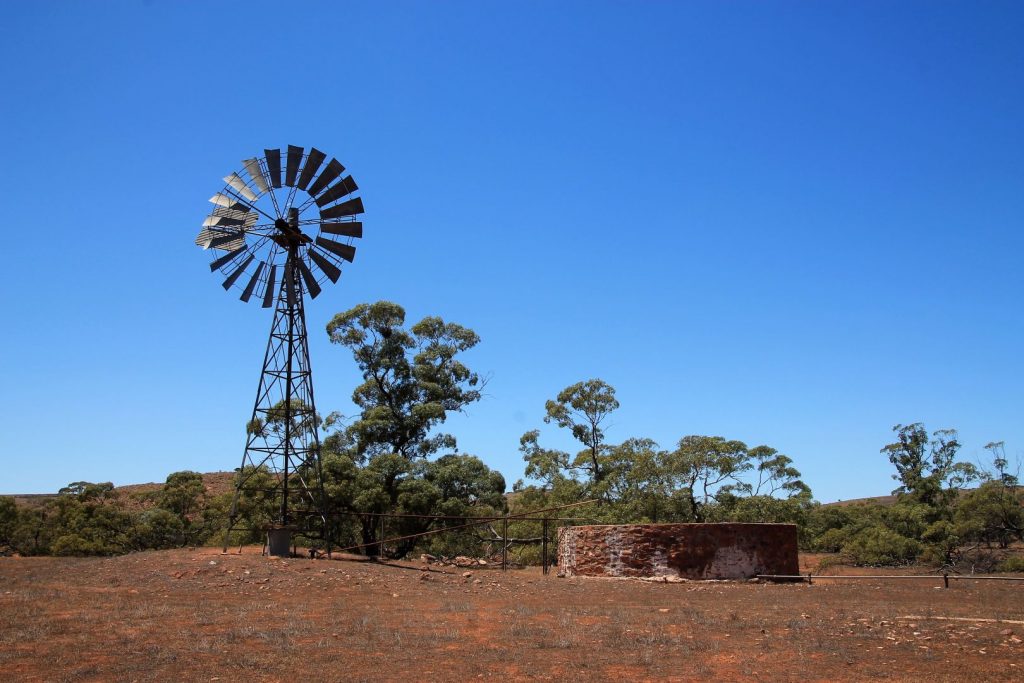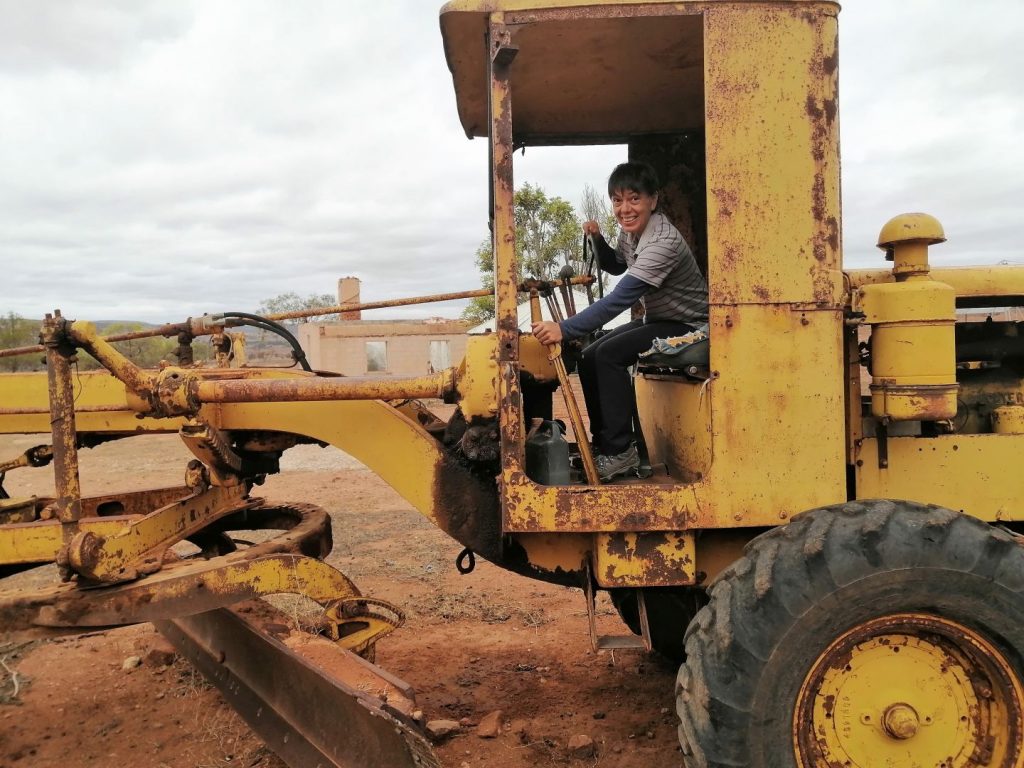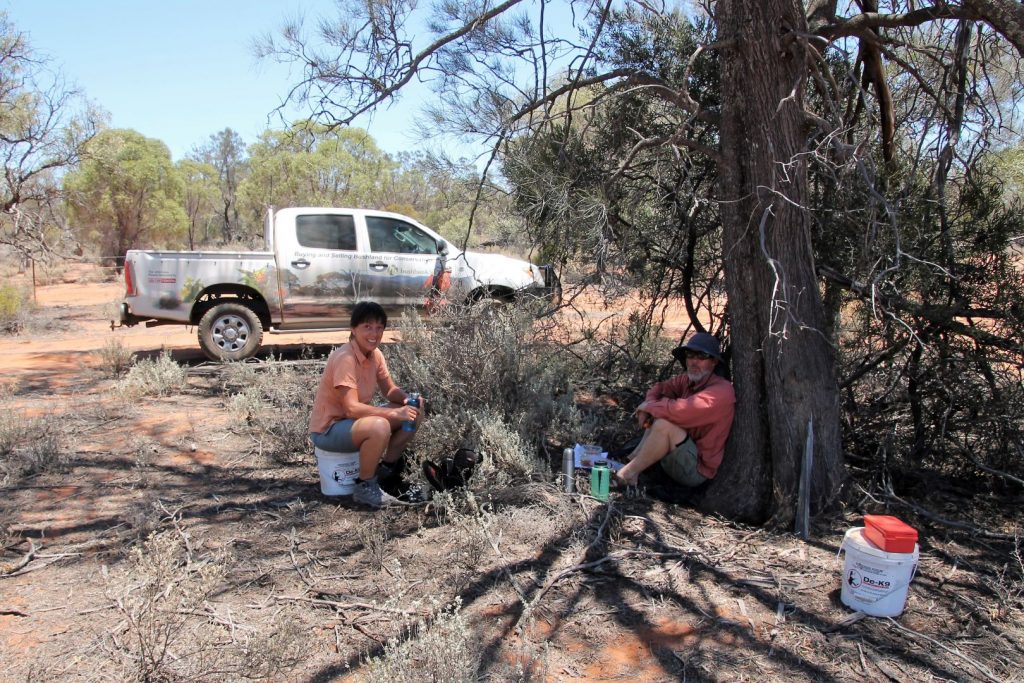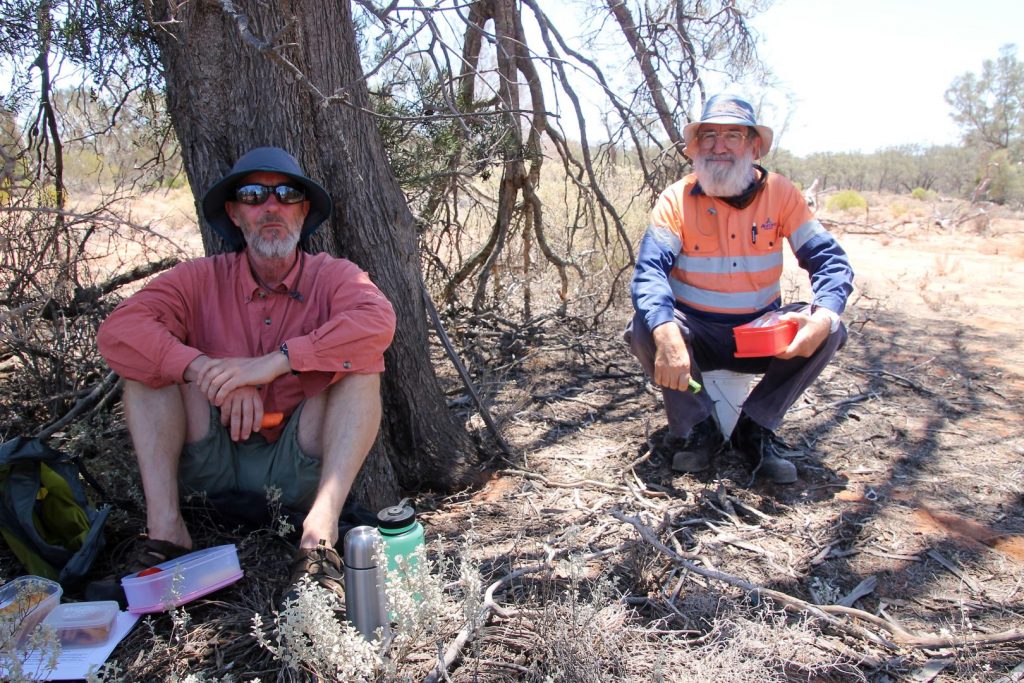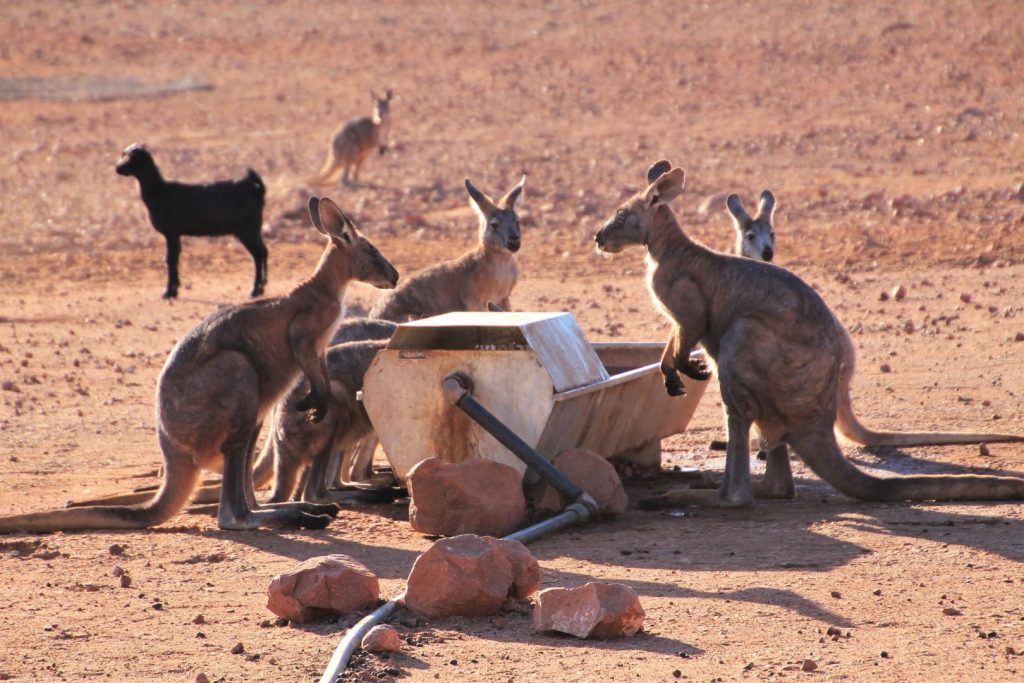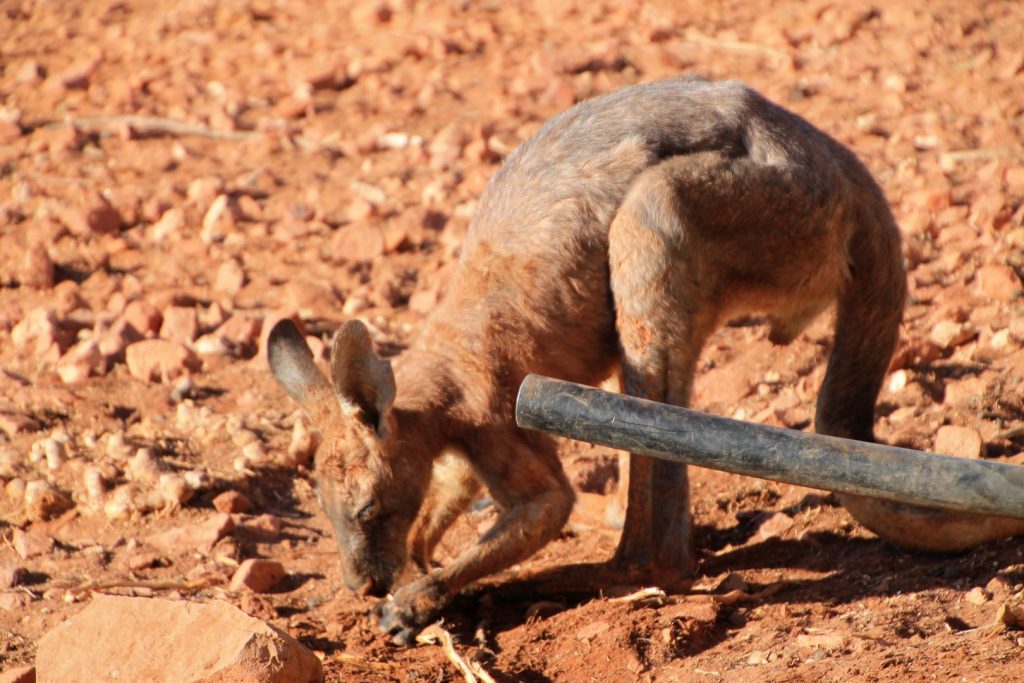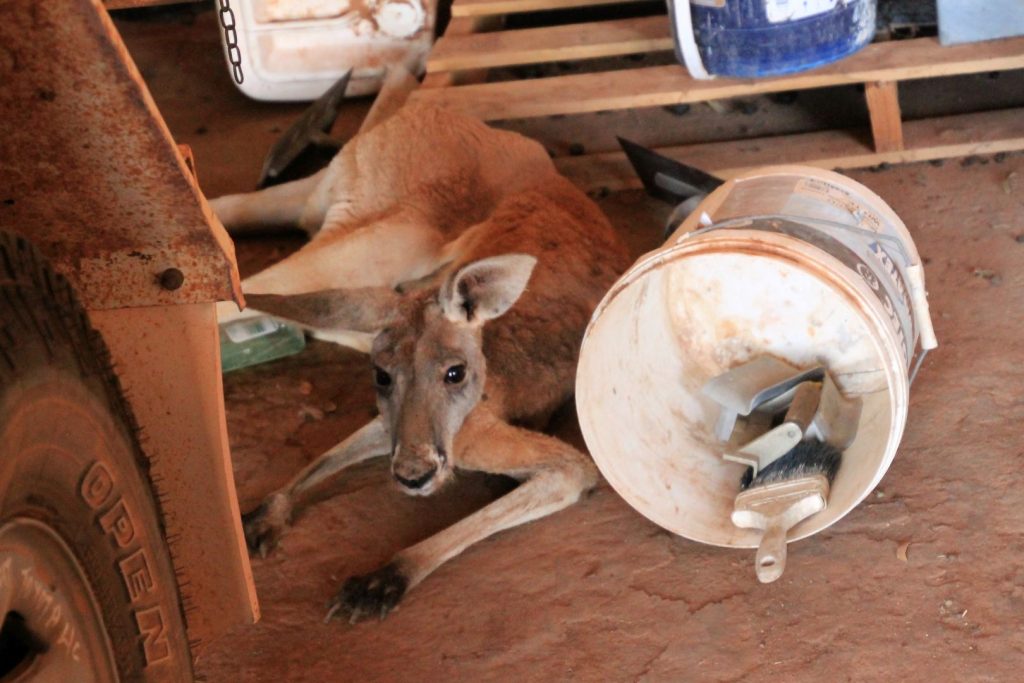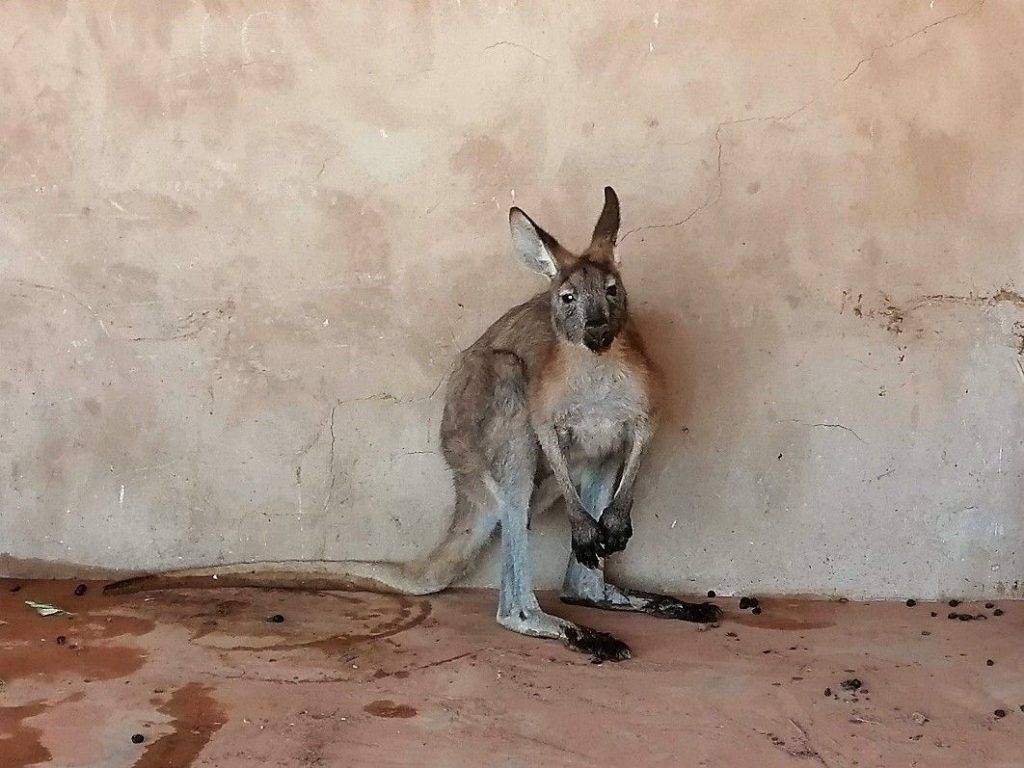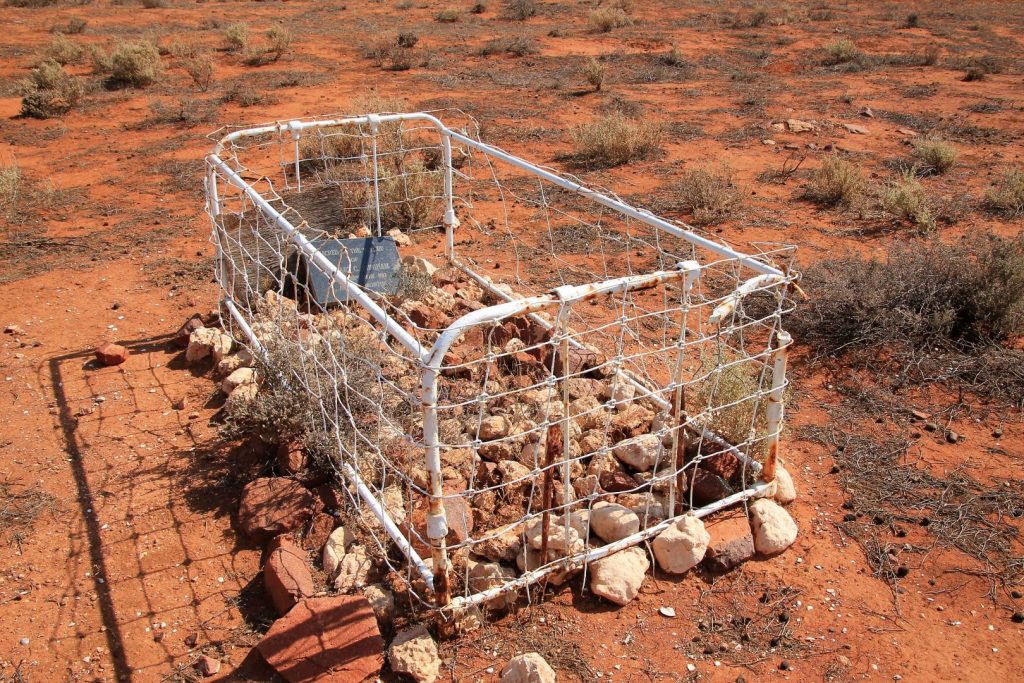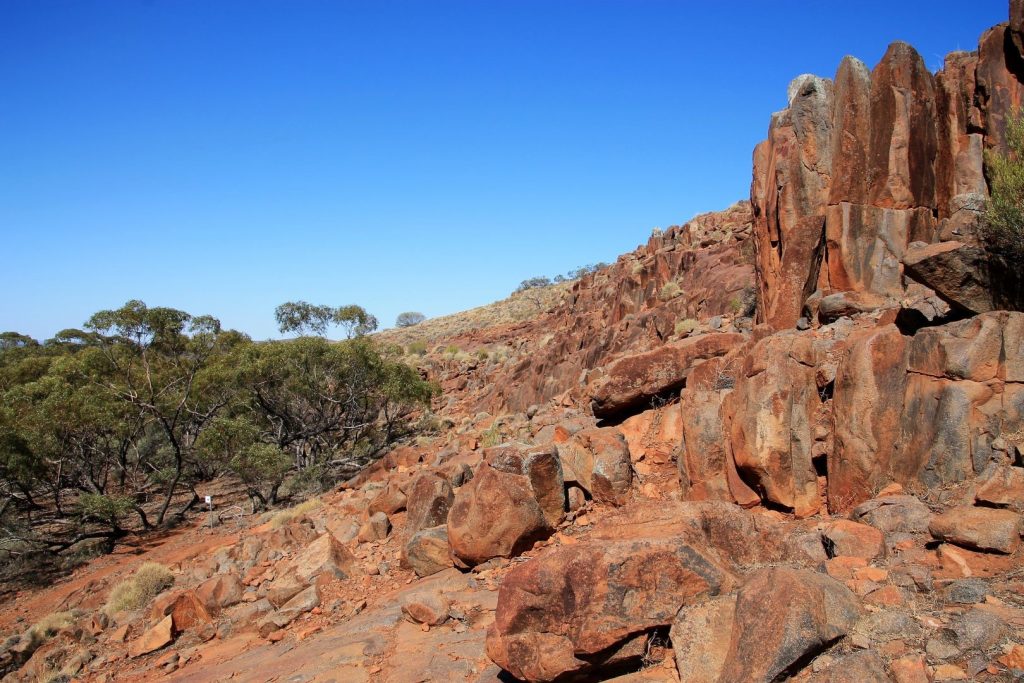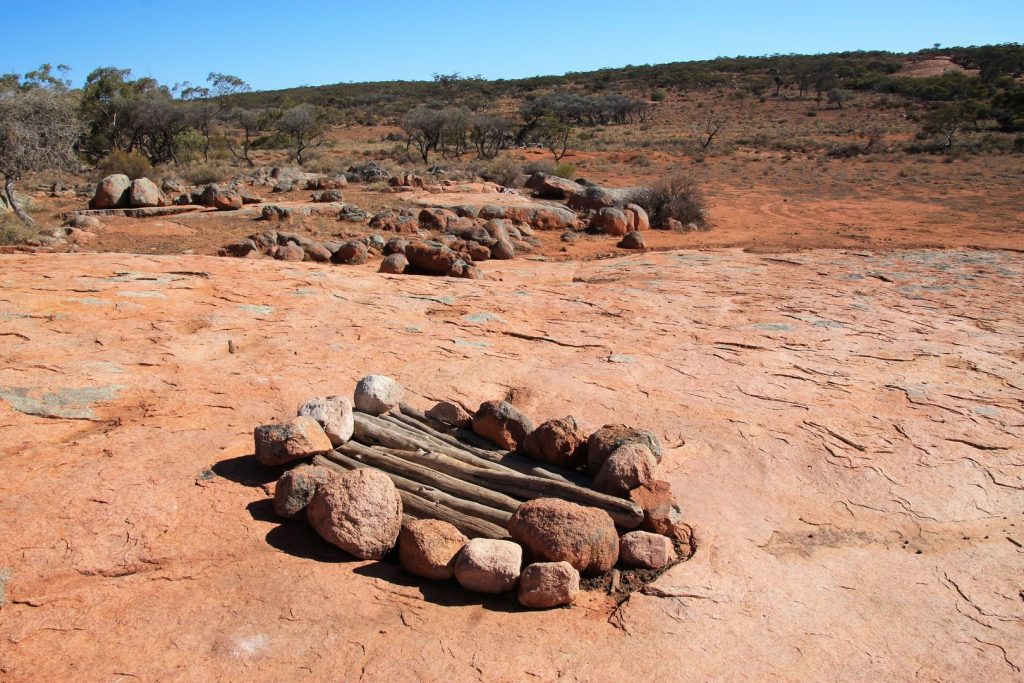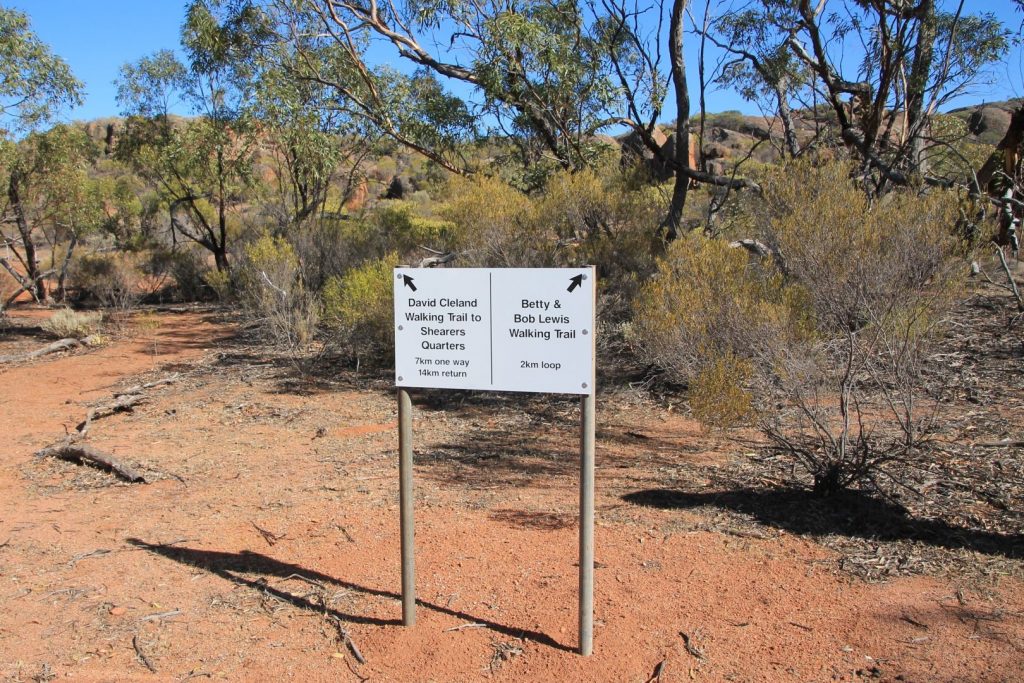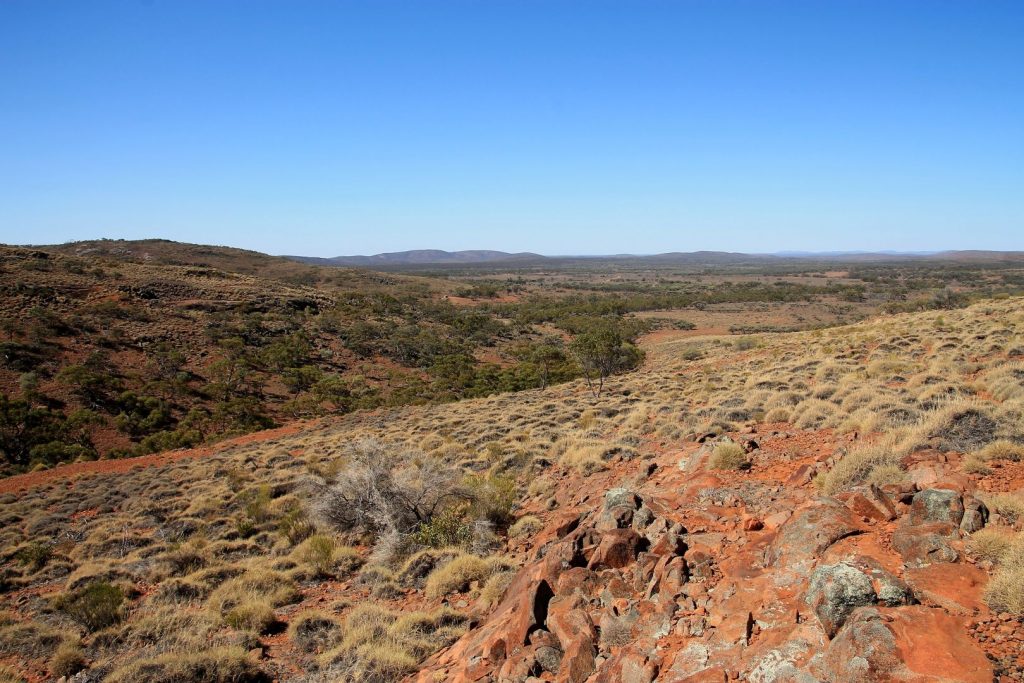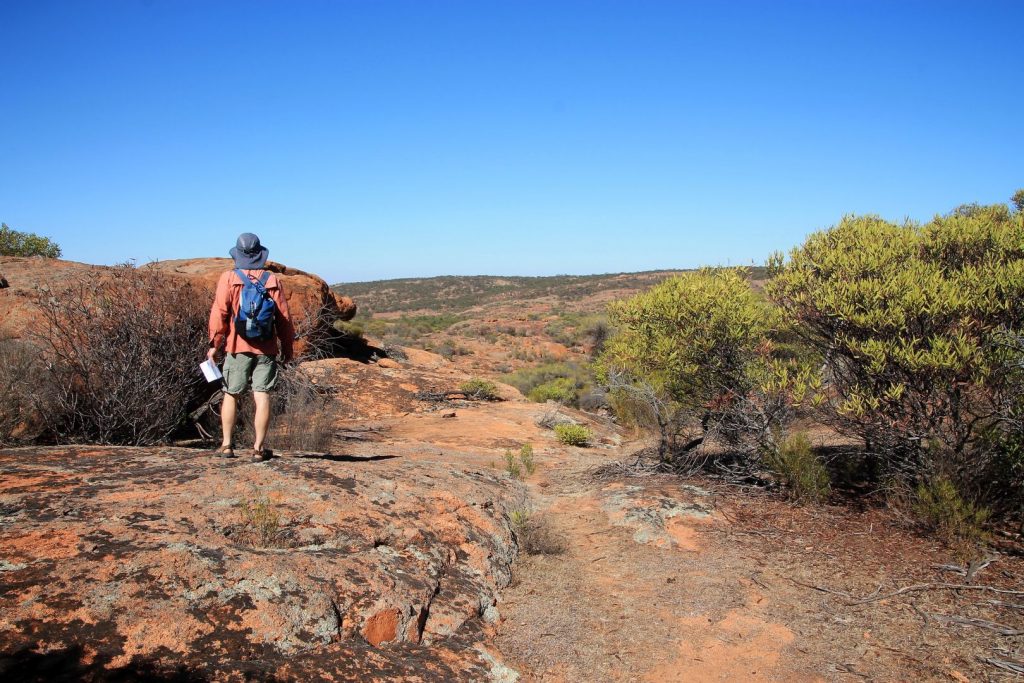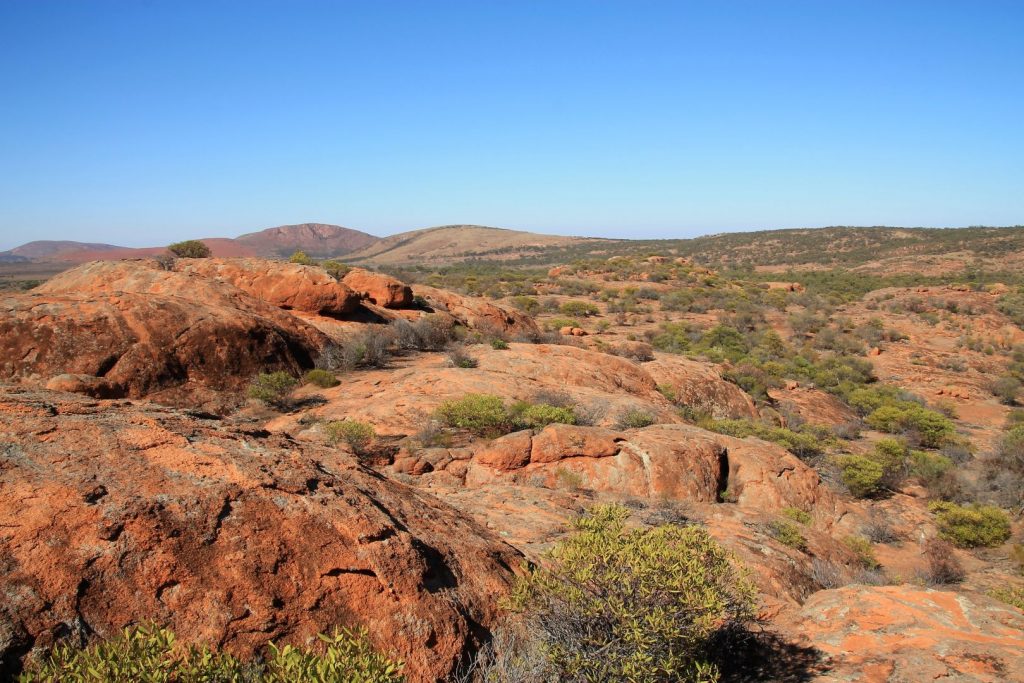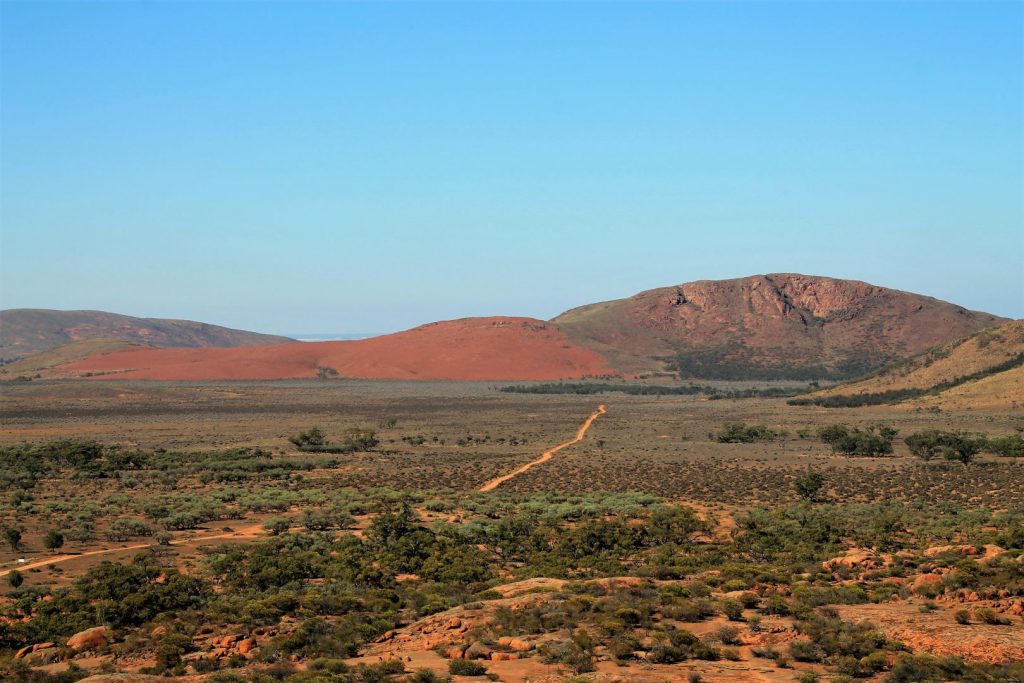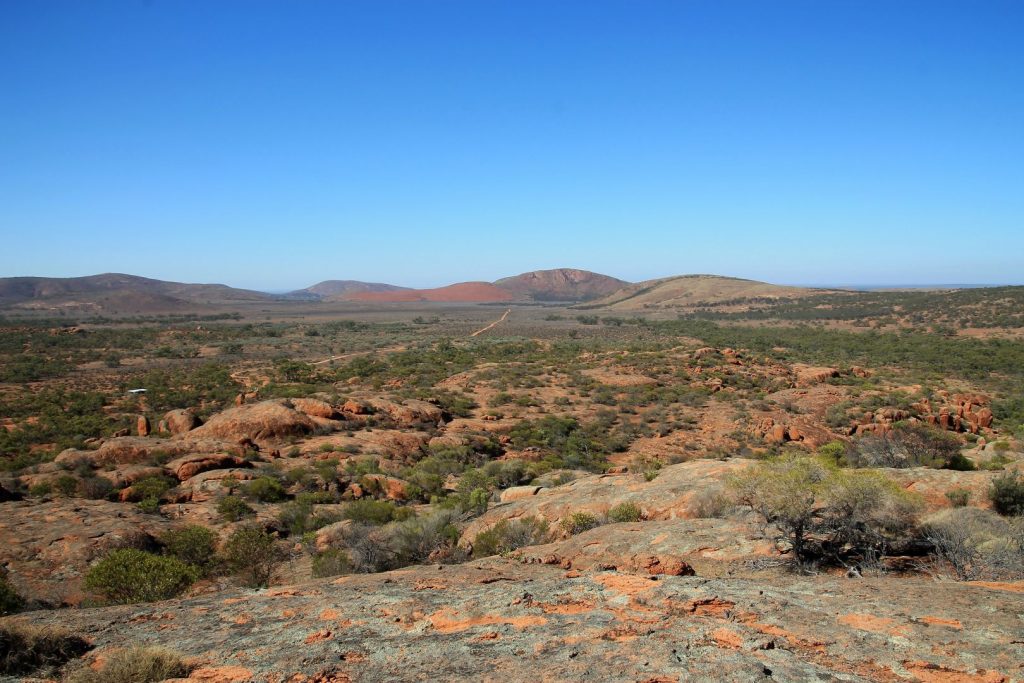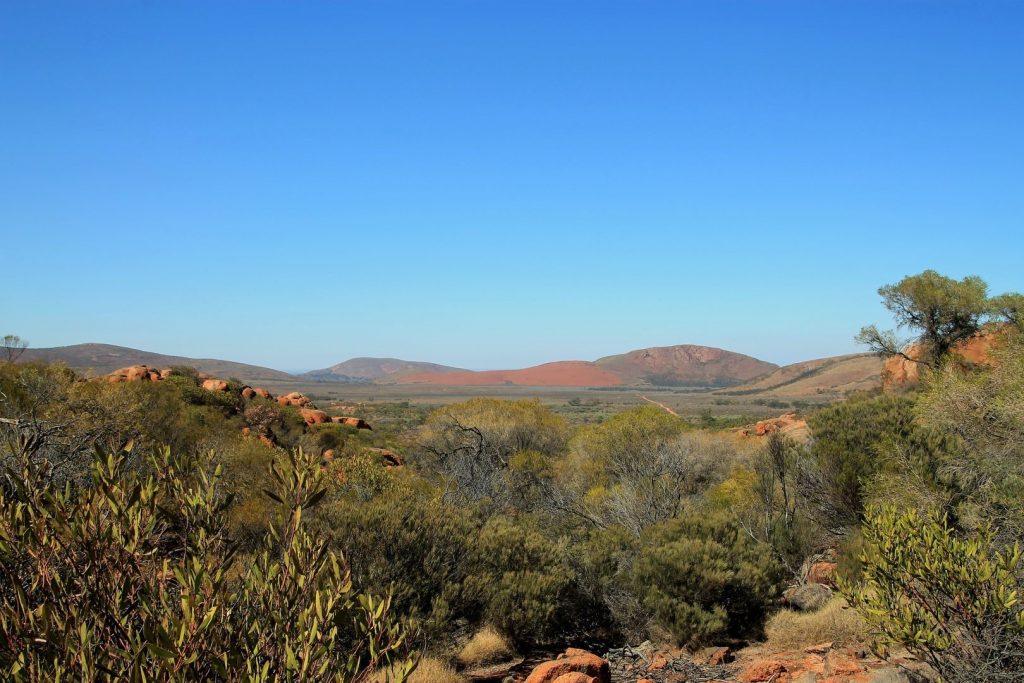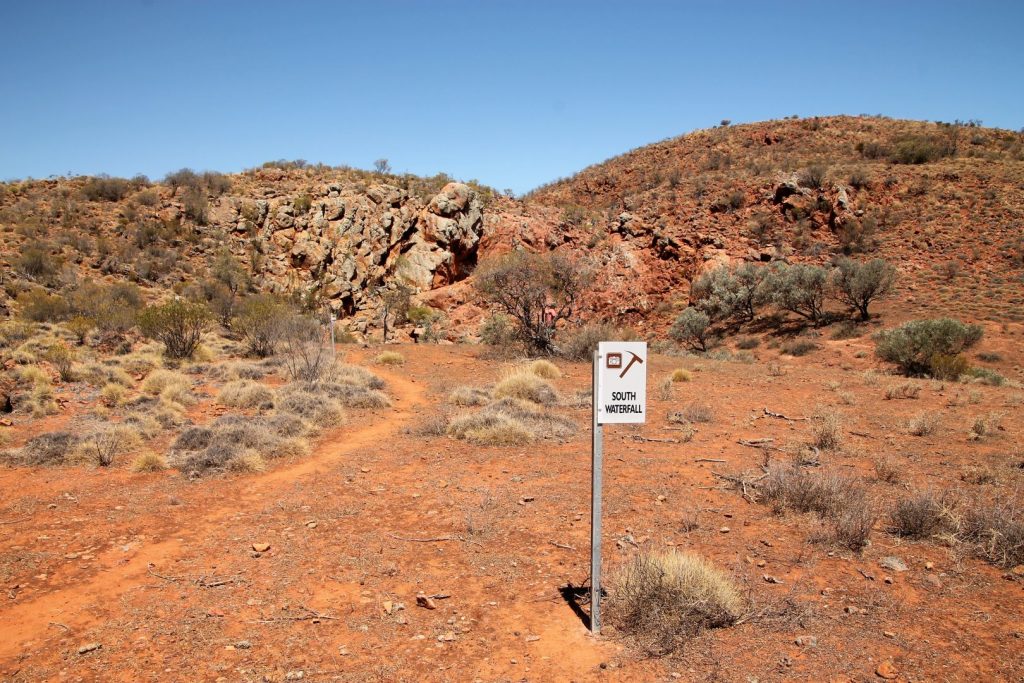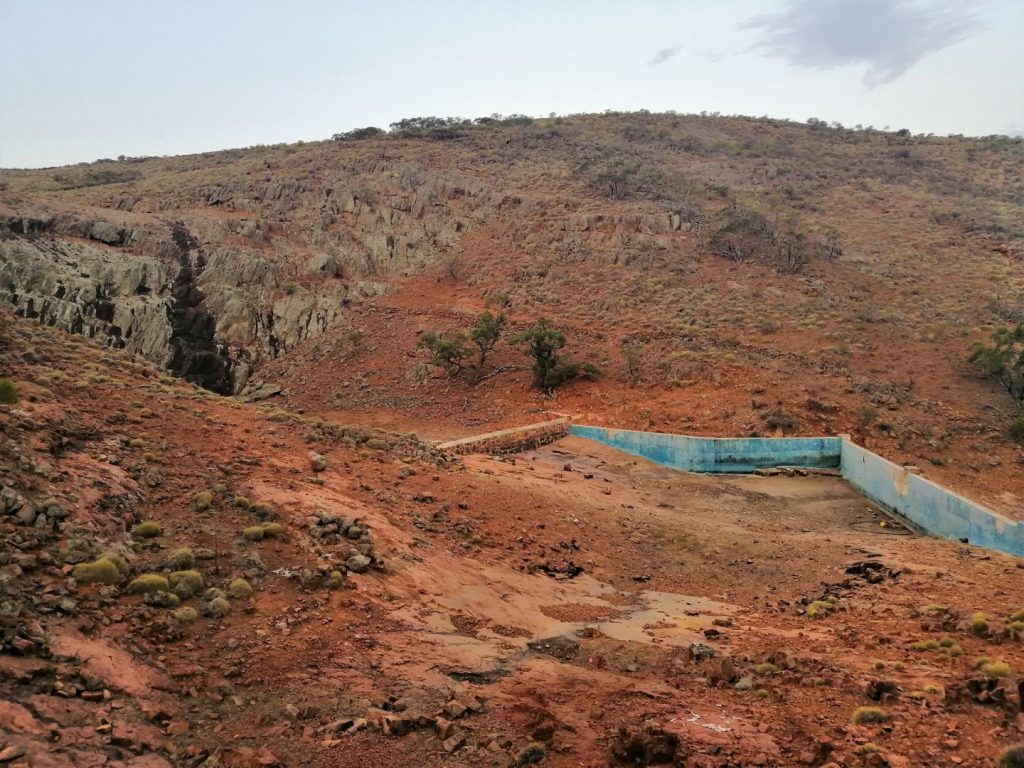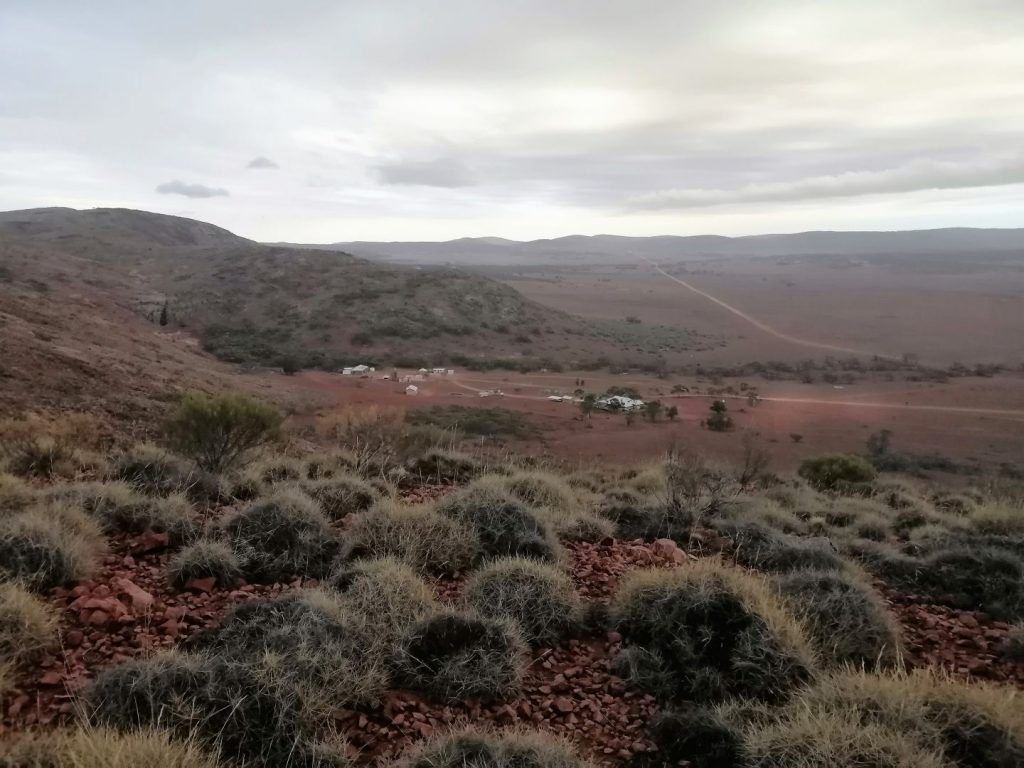Last updated on 15th February 2020
Hiltaba Nature Reserve
I have two friends who live in Adelaide, Peter and David. I got to know both of them during the World Solar Challenge (WSC) in 2015 where they worked as a volunteer, just like me. Peter and David are wonderful people with a big heart. We spent some time together after the race, and they took their time to proudly show me their country around Adelaide. I felt very welcome and spoilt with attention, and was very sad when the time came and I had to leave. Now, being back in Australia, I was very much looking forward to see them again.
Both are still very engaged with the WSC but also work in other projects related to sustainability and nature protection, in particular supporting the Nature Foundation SA. The Nature Foundation is a non-profit organisation that works to save, protect and restore the Australian habitats on their properties. They manage two huge Nature Reserves in the Australian Outback that had been acquired in order to turn them slowly back into the natural environment that they used to be before white people came with their livestock and ruined the local flora and fauna. At the same time, the Nature Foundation takes effort in environmental education and science as well as sustainable, nature-based tourism.
I arrived in Adelaide shortly after Christmas and was given the privilege to join Peter on his duty as a Rotational Manager for one week at the Hiltaba Nature Reserve. I went as a volunteer to support the efforts in restoring the damaged ecosystem in the reserve, together with another volunteer, Paul.
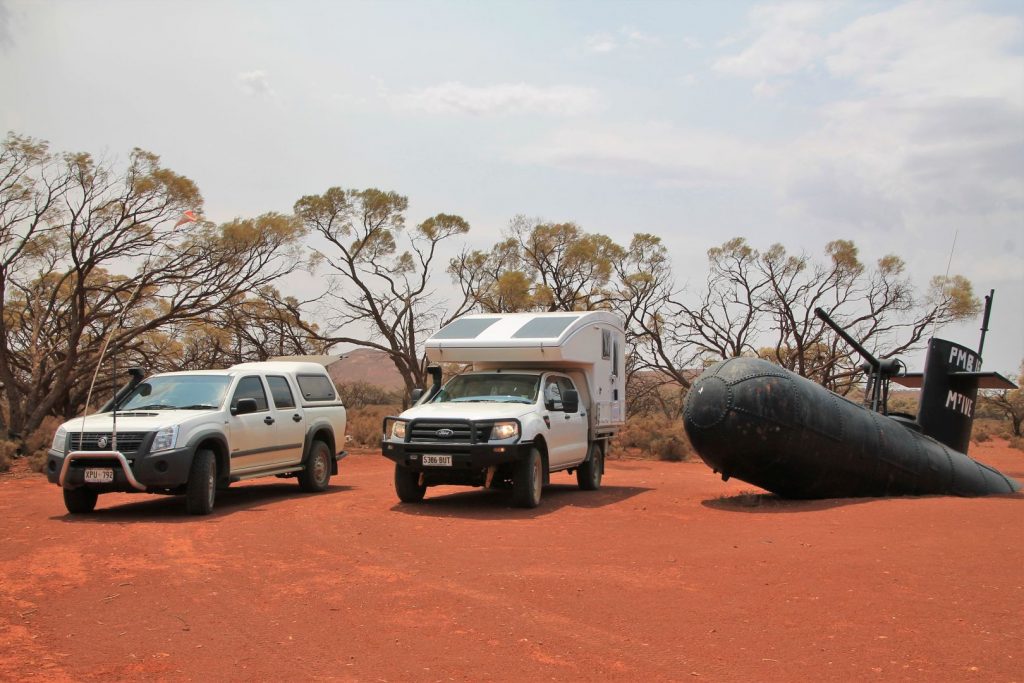
HiItaba Nature Reserve borders the Gawler Ranges north of the Eyre Peninsula, about a 10h drive north-west from Adelaide, partially on gravel roads that should only be used by a 4×4 vehicle. Hiltaba is a site of 780 km², a size nearly as big as Berlin metropolitan area. It used to be a sheep farm, very similar to the farm just next to it, but has been proven to be not very productive as the land is harsh and dry. The Nature Foundation took the chance to buy the property in 2012 and is now trying to remove the human impact on the land, primarily focusing on total grazing pressure and predation.
We stayed at the Hiltaba Homestead, a beautiful, big old farmhouse overlooking a gentle valley and the main road in the east, sheltered by some hills behind the house in the west, topped with a steep rocky cliff with a – usually dry – waterfall in the north, and surrounded by a small garden with lawns and trees. Nearby the homestead there is accommodation for tourists: little rooms with outside shared bathrooms and toilets. Across the main road is the old shearer’s station, a fascinating but now dusty place of Australian history, where the sheep were relieved of their wool. That place was in operation until around 2010. Plans are to make the old shearers station a museum. The shearer’s shelters are already turned into accommodation for tourists. But during the dry and extremely hot season no tourists stay out there.
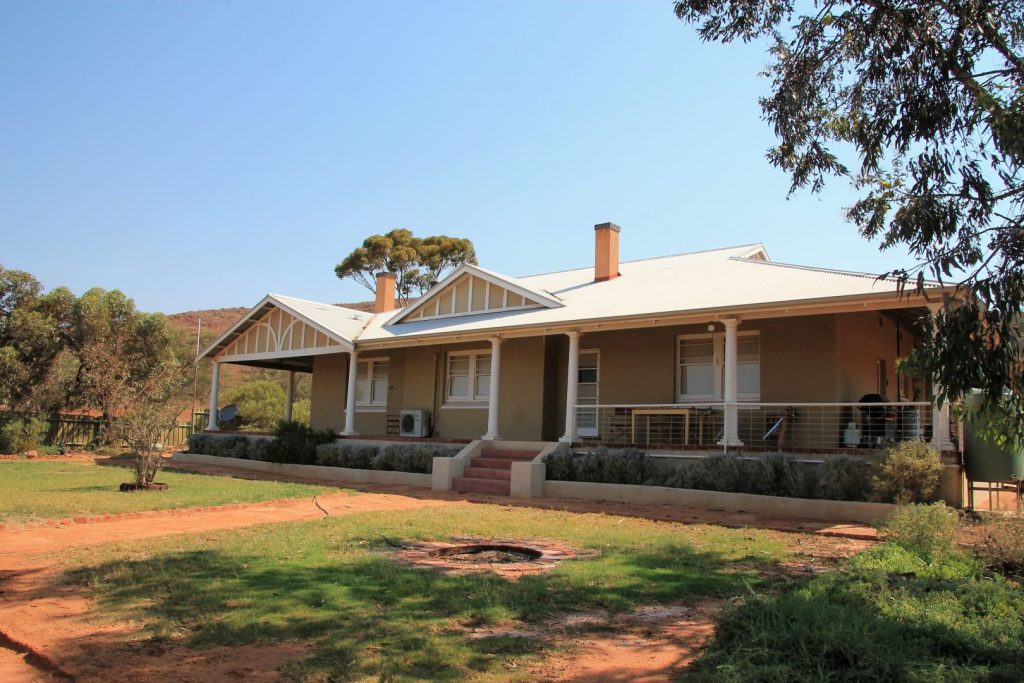
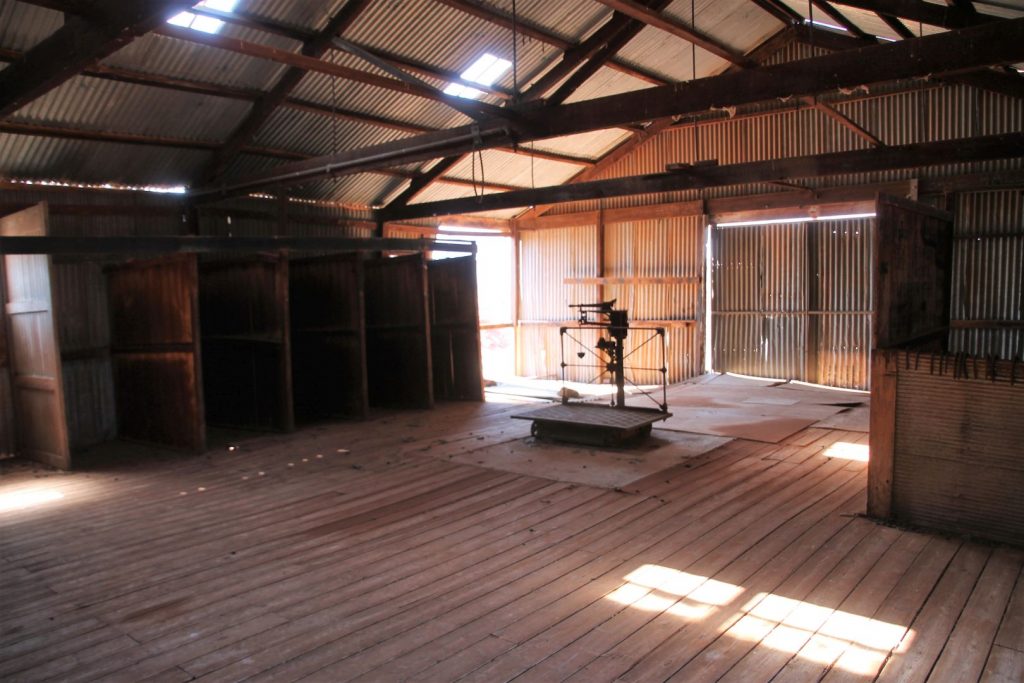
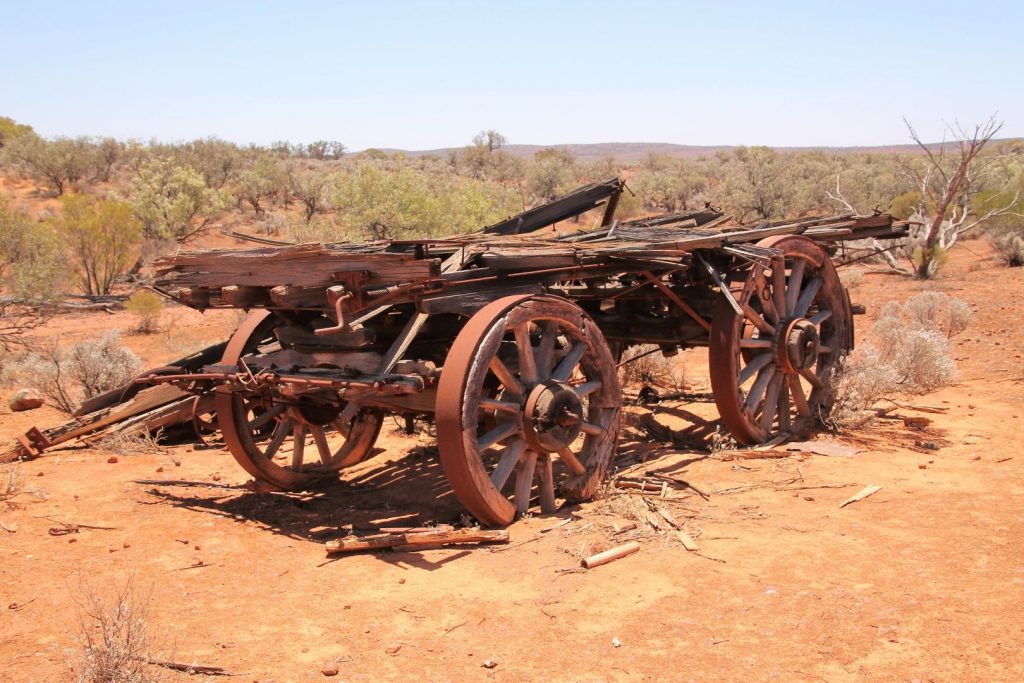
The Outback …
Red soil, dust and dry heat. Thorny bushes of all sizes. Small trees, both alive and dead, often cracked apart in the middle. Stingy spinifex instead of grass everywhere. Massive, bold rocks of granite and volcanic rocks. Moderate hills. Dry waterfalls. Kangaroos, emus, wombats and sleepy lizards. And colourful birds. That is the outback at Hiltaba. A place to fall in love with.
The weather conditions that we had were very different from day to day. Starting with sunny, very dry weather and high temperatures climbing up to 46°C, we also had two days of 15°C and 18°C, and one hot day with heavy wind and a dust storm in the late afternoon.
Our duties …
During our stay at Hiltaba we were asked to bring out baits for dingoes, check the water tanks, pumps, wells and windmills, check the goat trap and its camera, do minor fixes on pipes and fences.
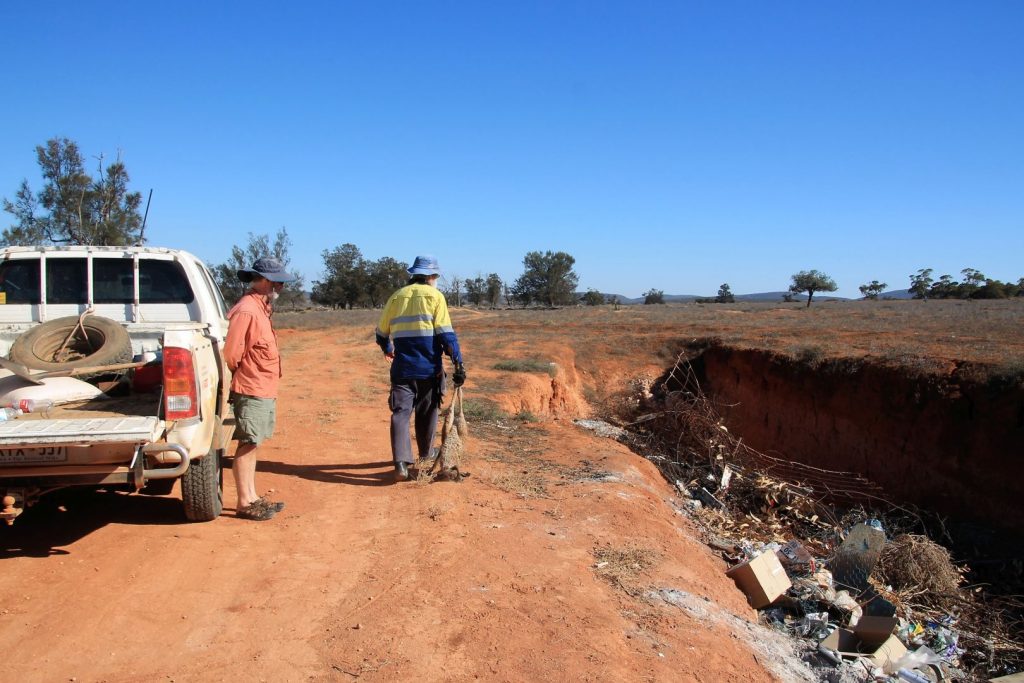
Baiting…
It took us three days to do the baiting. Hiltaba is indeed a huge property. One poisonous bait needs to be dropped every kilometre along most tracks on-site. We drove with the 4×4 car and I felt lucky to get to know the entire farm this way, most trails, dams and hills. The baits aim on dingoes which are, according to the law in South Australia, a “pest animal”. I think this is very unique to Australia to call an organism a pest. Usually, in nature, every creature has its place and the ecosystem is well balanced. In Australia the balance has been disturbed by human intervention. Early settlers brought plants and animals from other countries which then destroyed the habitats of the local flora and fauna. In some states, dingoes are regarded as wild dogs and therefore a pest. Hence efforts are made to eliminate them.
The contradicting fact is that in most national parks dingoes are protected because they are regarded as an indigenous, native animal. But in South Australia dingoes are not on the list of protected animals but regarded as “wild dogs” that are required to be eliminated. One of the main reasons for this twisted definition is the – still existing – sheep farmers who do not want to lose any sheep to “wild dogs”.
I protested against the baiting. It is obvious that it does not make sense to protect an animal on one side and kill it on the other side of the fence. The dingo is native to Australia for more than 3500 years, or more, and in many areas, so in Hiltaba, the only predator. All other animals, like kangaroos and wombats, would grow in numbers uncontrollably without them. Apart from that, sheep and goats are certainly no native animals either but protected as livestock, even though their grazing heavily destroys the Australian nature.
I have learned from the many books in the library of the homestead, that dingoes are not just wild dogs. There are quite some differences: dingoes have a different body shape, they are not barking like dogs, they are mostly nocturnal and they breed only once a year. And most importantly, pack attacks on livestock, especially those incidents in which large numbers of sheep are wantonly killed and not eaten, are likely to be the work of feral dogs of domestic breeds or hybrids, rather than dingoes! Nevertheless, sheep farming and dingoes do not mix and the dingo has been wiped out it many areas already.
My protest was not heard as the law must be followed. The only thing I could do was to refuse to participate in bringing out the poison but document and report those activities to the public. Luckily the property has not seen any dingoes for many years so that I did not have to witness any animals being killed. The baits, unfortunately, would not lead to an immediate death but let the poor dingo suffer for some time. I herewith emphasise that the deliberate killing of dingoes in Australia is absolutely incompatible with the efforts or preservation and protection of the nature and leads to the extinction of the hunted animal, encouraged and supported by the law. It shares the same storyline with the Tasmanian Tiger that was wiped out because the law encouraged its hunting. It is simply wrong!
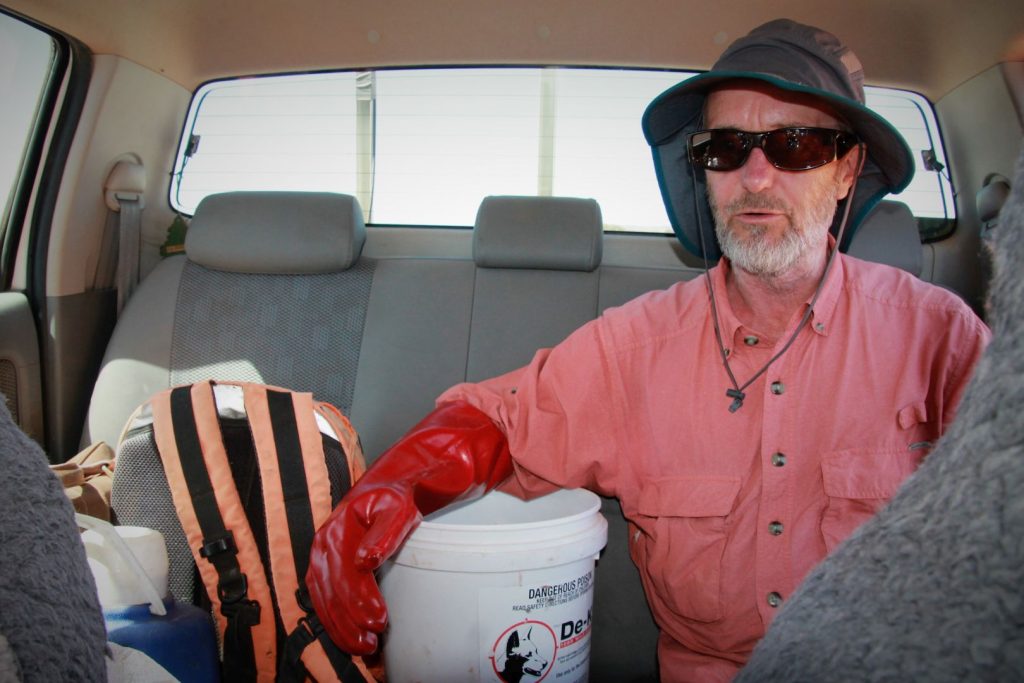
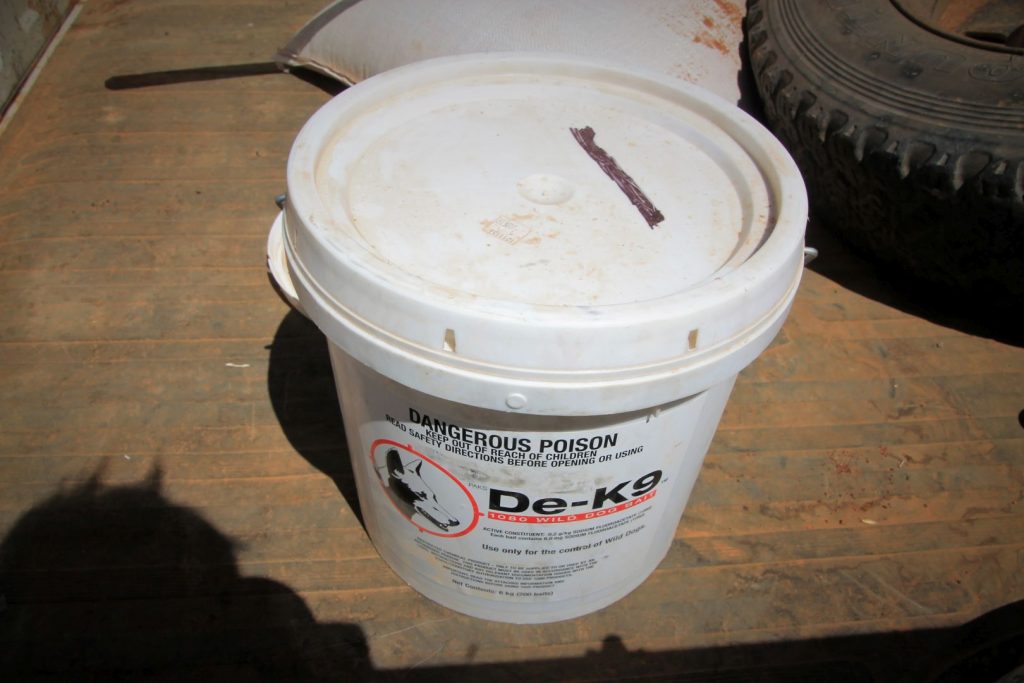
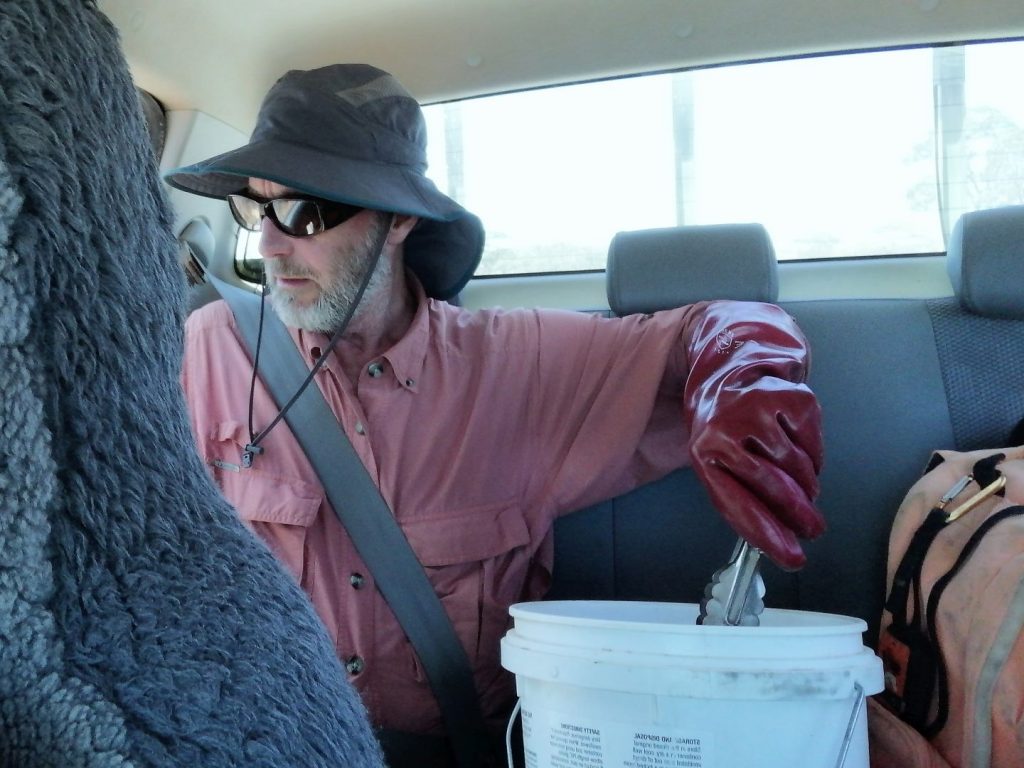
Fences…
Hiltaba is in the hands of the Nature Foundation for only a very short period of time. Hence, most of the fences that were built to keep the sheep in place are still there, some intact, some damaged. The Nature Foundation will put some efforts in removing them step by step but it will take time. There are so many of them. At the same time the fence to the neighbouring properties must be kept in shape and gradually renewed. The main reason here is to keep the neighbour’s sheep away from the recuperating reserve. Efforts must be made to build the fence in a way that they do not become a trap to animals, especially kangaroos, which has not been fully achieved yet due to the size of the reserve. The fence also needs to be sheep and goat proof. On our inspections we still witnessed sheep managing to go through. Nevertheless, the efforts of the nature foundation have been successful already as the vegetation at the reserve is, despite the heavy drought, in much better condition, greener and rich, in comparison to the neighbour’s property where sheep simply graze everything away. No wonder that sheep try everything to overcome the fence and enter the land of plenty at the reserve. In this case, its true, the grass is greener on the other side. The pictures below clearly show the difference.
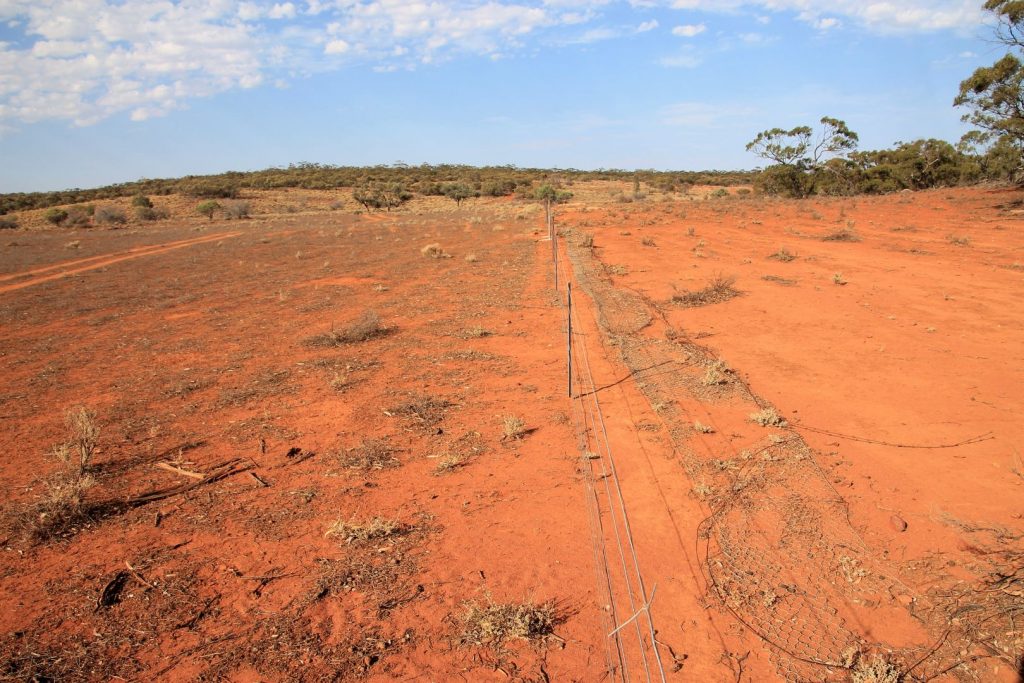

Kangaroos and the drought…
It was and maybe still is a horrible drought out there. By the time we arrived the kangaroos already had days or weeks of hot temperatures and no water. In their despair they gather at those places where they have best chances to get a drop of water. One of these places is around the homestead. Water is leaking off pipes, just a few drops but that’s already better than nothing.
When I arrived there were quite a few kangaroos and wallabies around waiting patiently in the heat. Some of them were in really bad condition, just bones and skin. Some were hiding in the garage and other places seeking shade and shelter from the heat. In those places, behind old stuff or even behind the car, there were those kangaroos hiding that could not move anymore, preparing to die. I found a very young baby wallaby with an injury on its eye, presumably from fighting for water, which it obviously did not win. It did not move anymore. And another one in the other garage, just bones, also did not move anymore. I was not allowed to interfere but could not ignore and gave them water and little of my apples. I had no idea what kangaroos eat but the apple found some appreciation. I left them with water and food and after some hours of recovery, they moved again and disappeared into the wild, including the little injured baby that I had not much hope for. A third kangaroo that had collapsed under a tree on the ground I could not help anymore as it could not sit up for drinking anymore. A few hours later it died. So sad. Unfortunately, we found quite a few kangaroos in places around the homestead that had not made it, and had to remove their bodies.
Seeing all this I tried to persuade Peter to turn the water on but he insisted not to interfere with the wild animals. Instead, the ghost of the house (see below) must have had a heart as magically every morning the tab was on and water was flowing into the trough outside the house. Peter said it was not him!
This trough had been originally installed for the sheep but now was out of operation. The intention was not to feed wild animals, and also not to support wild goat that should not be living out there at all. But I believe that this drought was intensified by human activities and climate change. It was worse than any drought on records. Similar to the current dimensions of the bushfires all over Australia. So why should we not help the animals to go through it?
Now, every morning there was fresh water in the trough and the kangaroos recovered, fights for the water ended and every day a little less animals were waiting outside. As soon as the heat turned into cold and rainy days (we had only 6mm rain in total on two days, that’s close to nothing) all kangaroos were gone. They had found other sources of water, away from the humans. That’s the way it should be.
The ghost of the house…
The homestead is an old house supposedly built by some English folks. As a proper English establishment it has its ghost. There is a grave nearby the house where the young Gilbert is buried, a boy of just 11 months who struggled and fell ill and could not be brought to the doctors fast enough. People believe that this young Gilbert is still wandering around in the house and can’t find his final peace and rest. We accidentally called him Georgie but I think he did not mind. Peter tells everyone stories of doors that open or close by themself, water tabs that went on or off on their own, weird noises during the day or at night when everyone sleeps, and so on. Not only the current but also the former owners of the house have a lot of such stories to tell. I enjoyed that very much and took every chance to point out the ghostly activities in the house as soon as something could be heard. I think we all enjoyed and loved the ghost for that tab that was magically opened every morning and filled the trough for the animals.
Hikes….
Besides our work, we found the time to do some hikes. We either followed the wonderful nature walks that had been carefully created throughout the property by the hardworking site managers and volunteers, or we just went out into the wild guided by ourselves.
One morning we took the promising short hike of 1.8km around Pretty Point, which is one of the two campsites at Hiltaba. The trail we followed is named after Betty and Bob Lewis who were great supporters of the Nature Foundation. It leads up to the top of the massive reddish granite boulders around the camp site. From there we had a magnificent view at the surrounding plains of diverse grass and woodlands. In the distance we could see a reddish hillside in contrast to the green next to it, done by a massive bushfire two years ago.
On two other evenings, we went up the hills behind the homestead for sunset and spectacular views over the homesteads valley and the surrounding hills. The bush here is low with a few clusters of spinifex – nice looking grass that is actually very hard and stingy – and the ground is mostly gravel rock. Hence we could just walk straight up the hill to the top and followed the trail on the way back, or took a kangaroo for guidance as they usually know their environment and a good path back down. Very adventurous and also just beautiful!
